
Real help. Real fast.
Call or text (650) 215-6464
Most replies within minutes · Mon–Fri 8–5 PT
Or [email protected] 24/7

Call or text (650) 215-6464
Most replies within minutes · Mon–Fri 8–5 PT
Or [email protected] 24/7

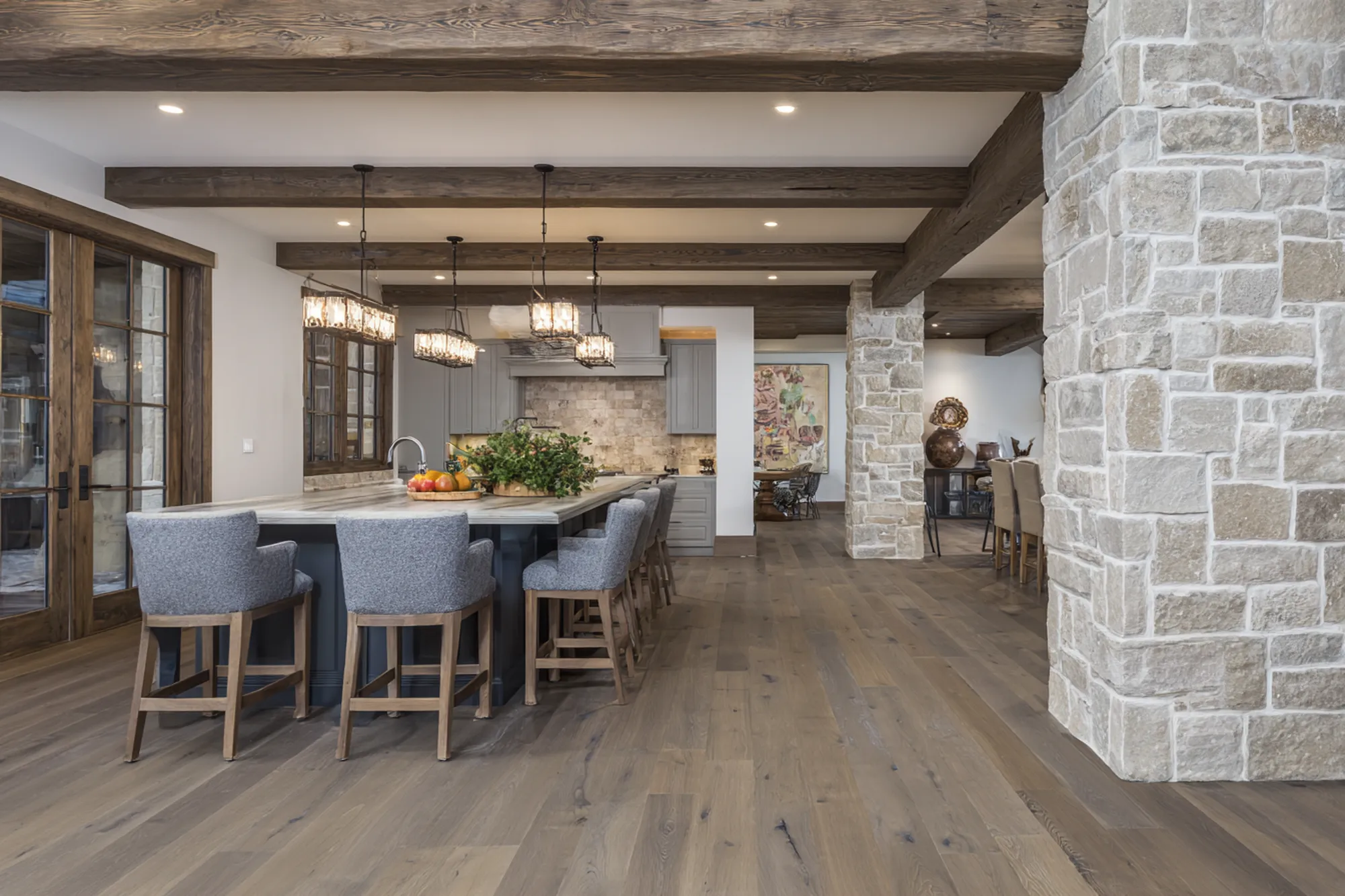
What is European Oak Engineered Hardwood Flooring? European Oak Engineered Hardwood Flooring offers a stunning aesthetic while being highly functional. With its rich tones, sustainable sources, and durability, this type of flooring complements any design style.Explore the selection below.
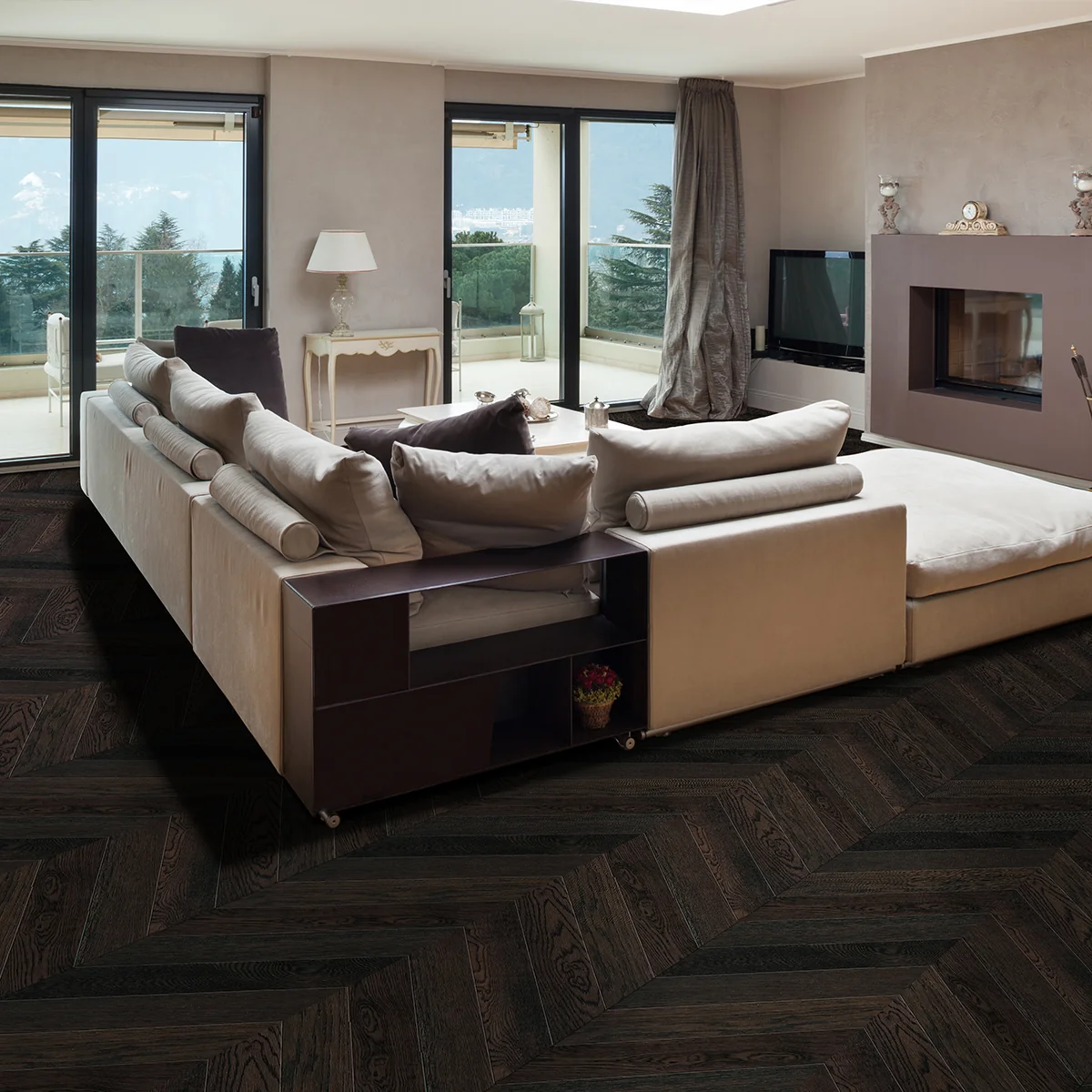
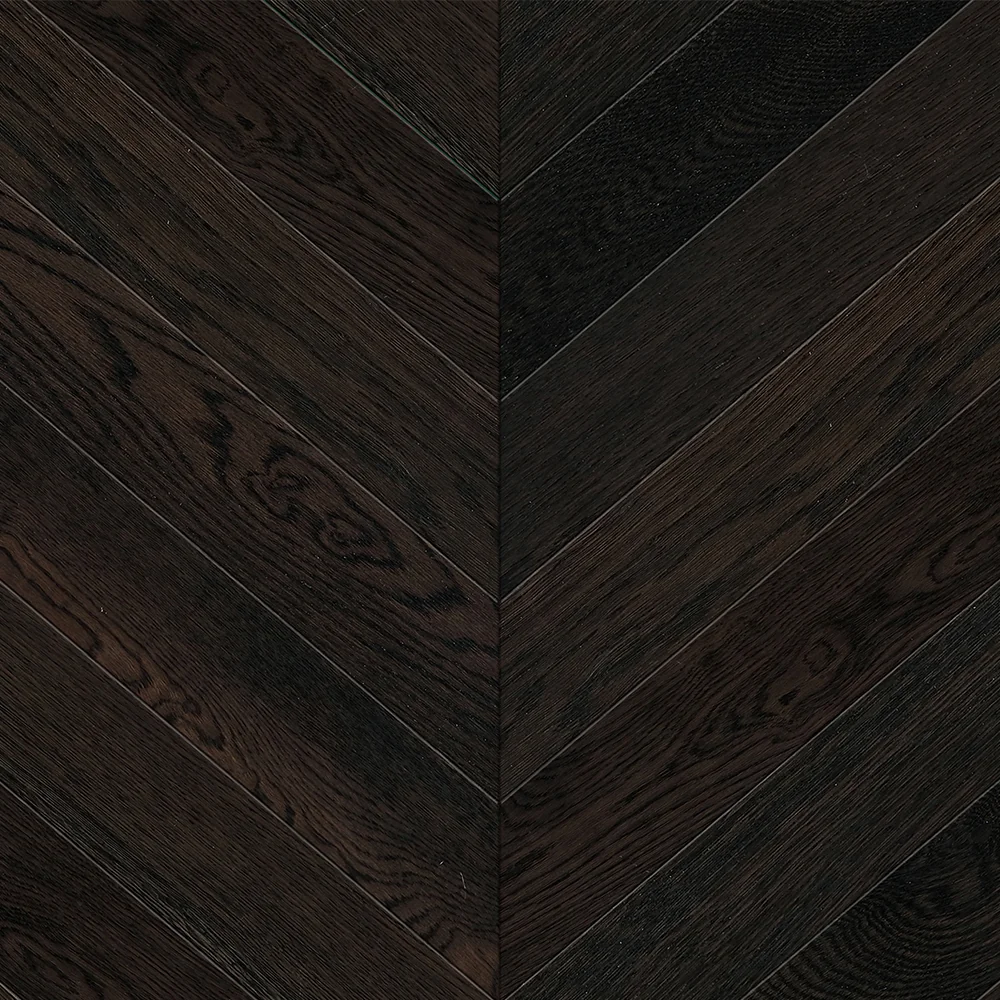
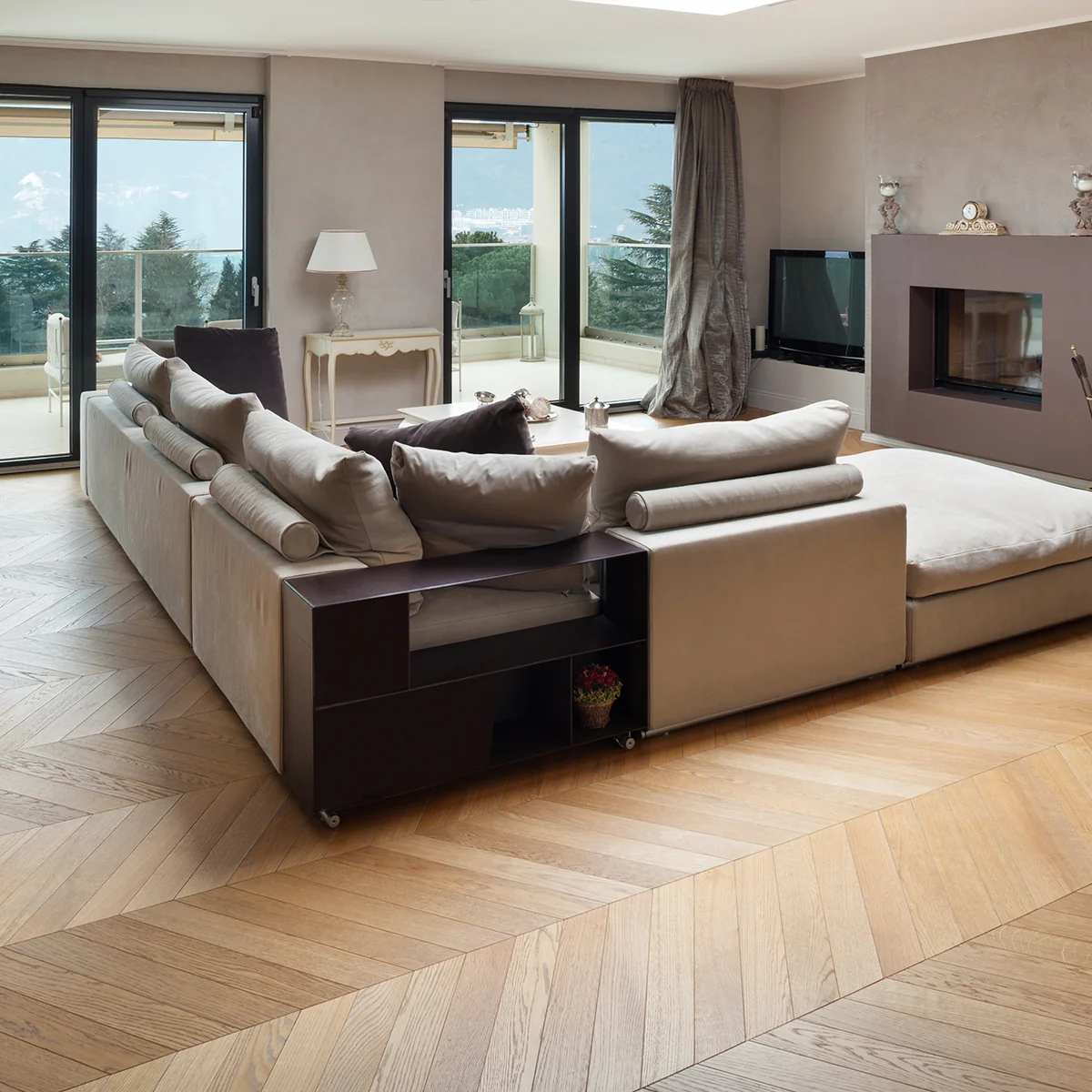
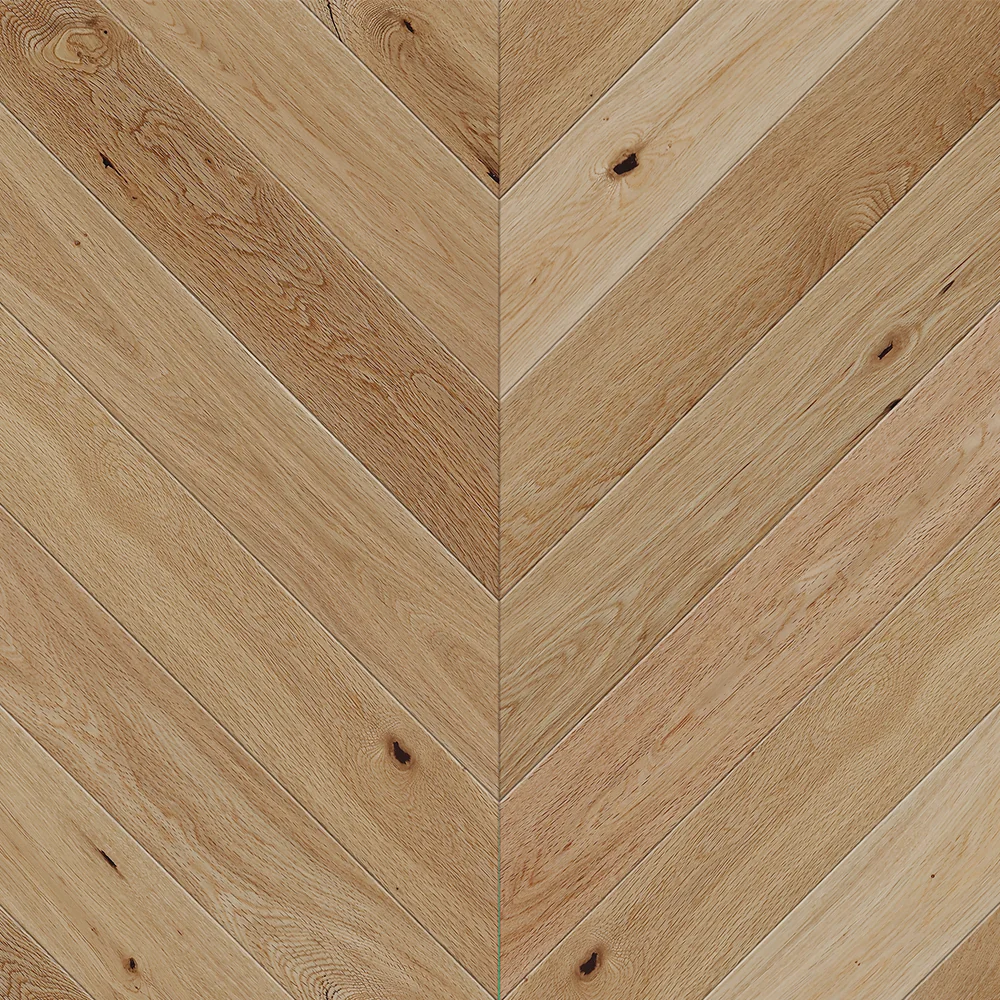
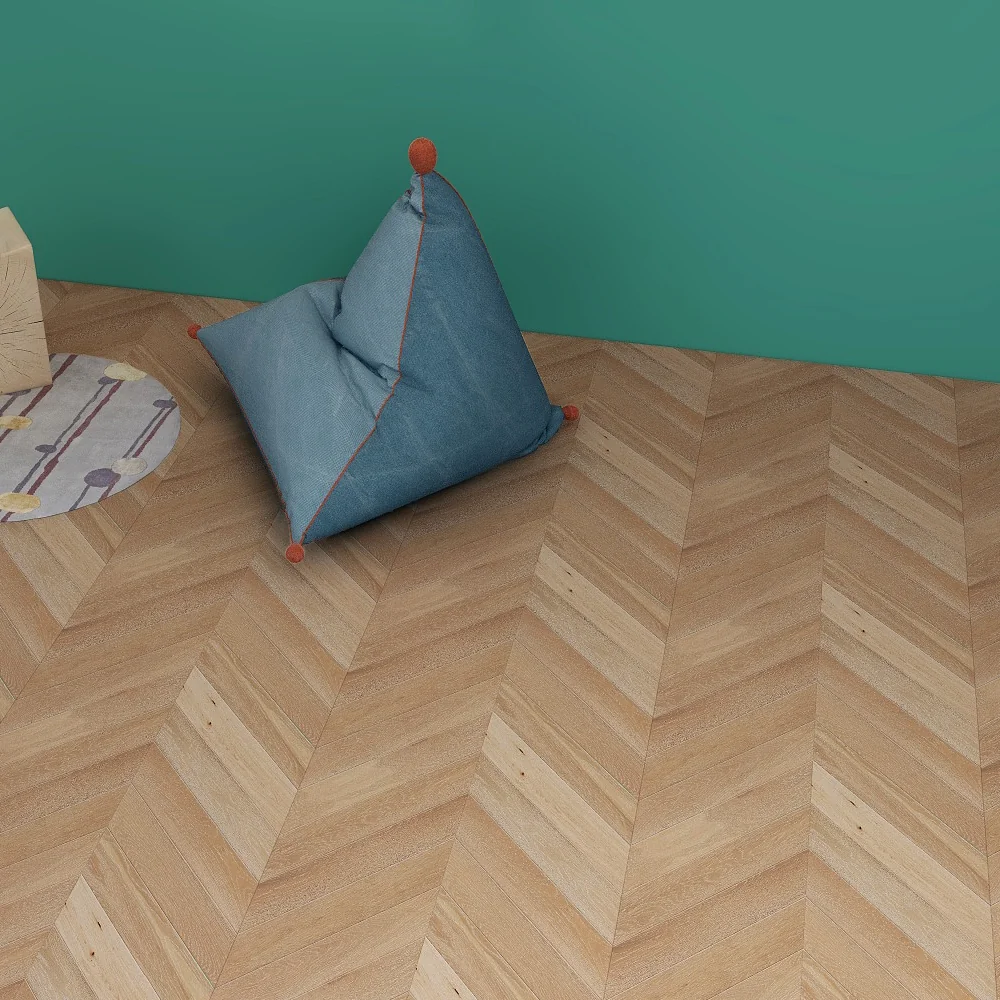
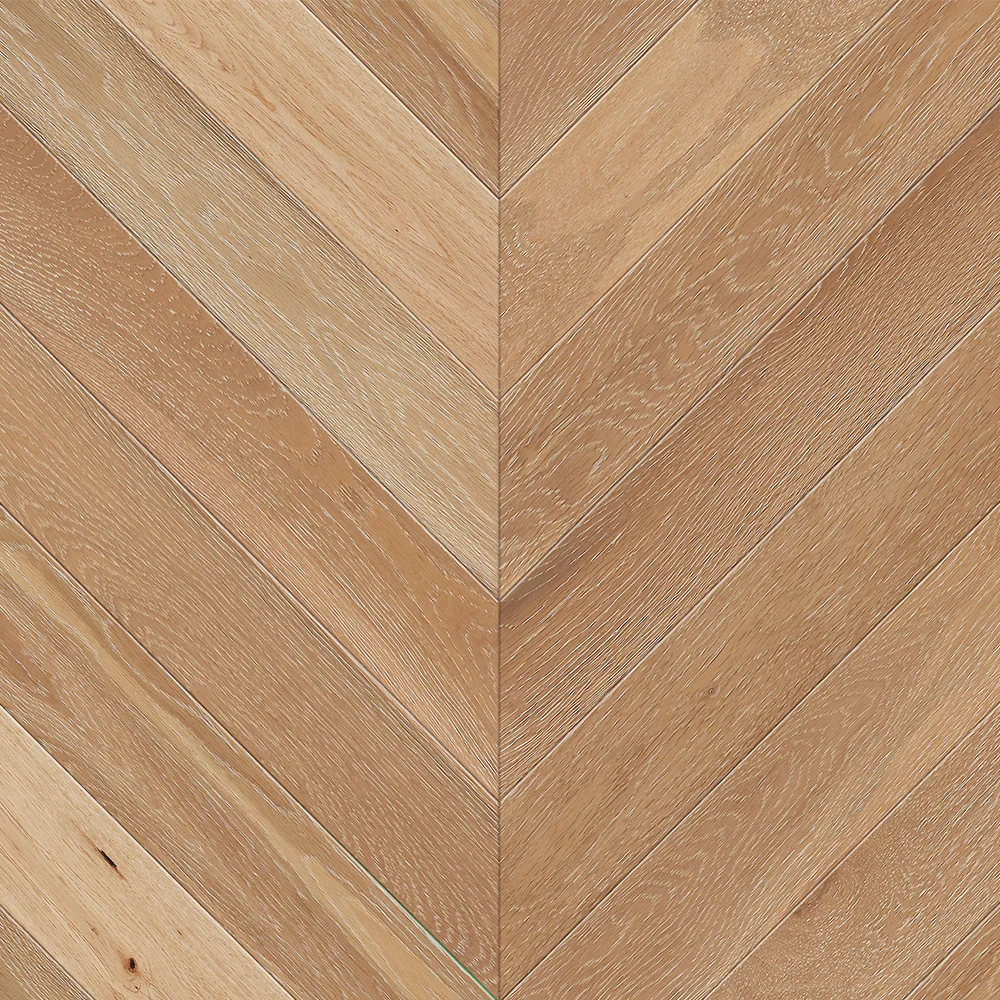
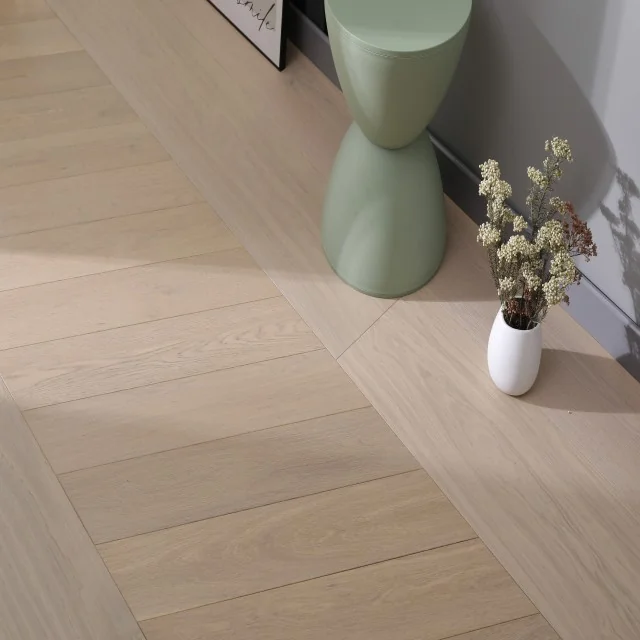
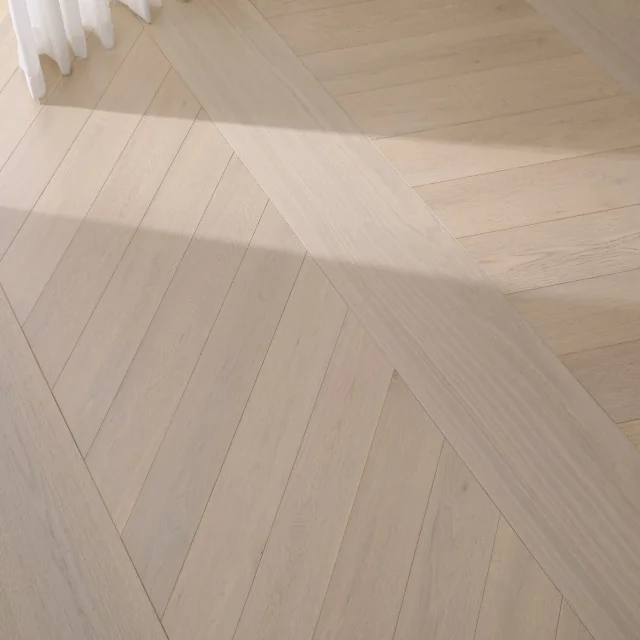
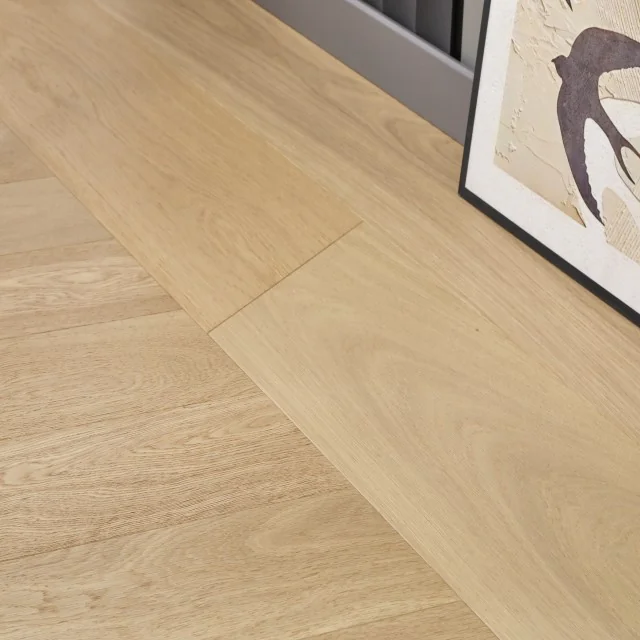

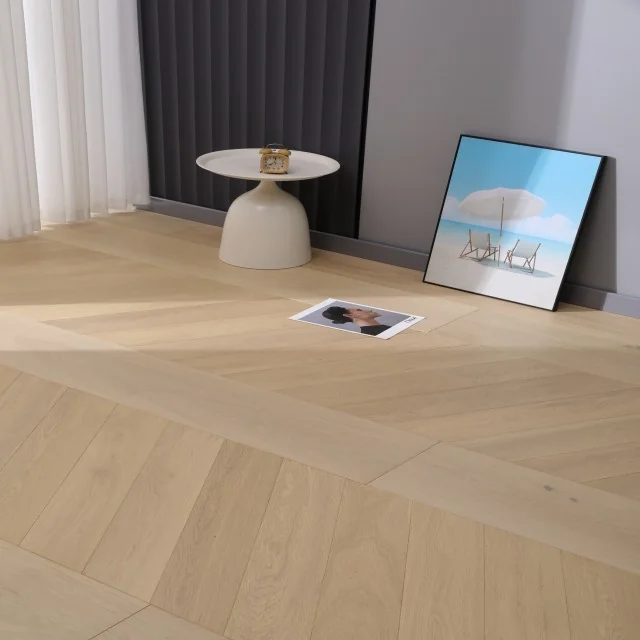

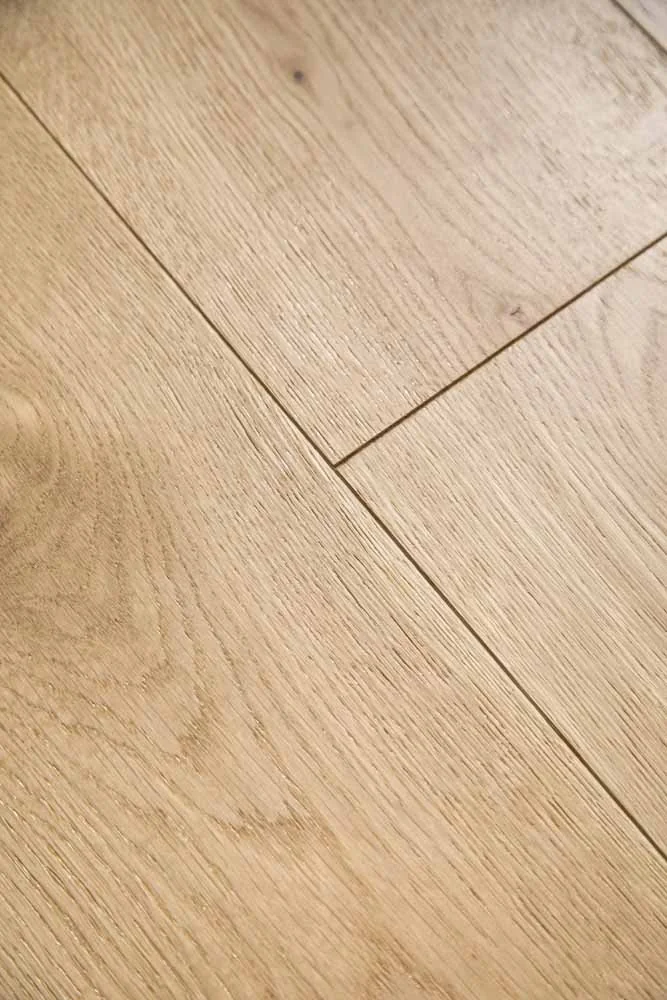
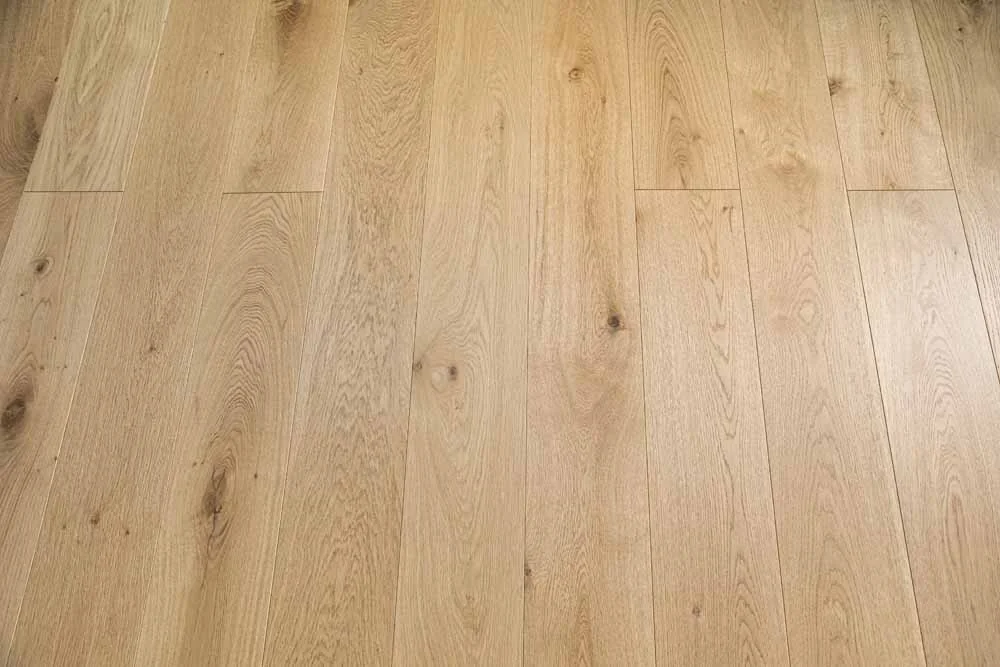
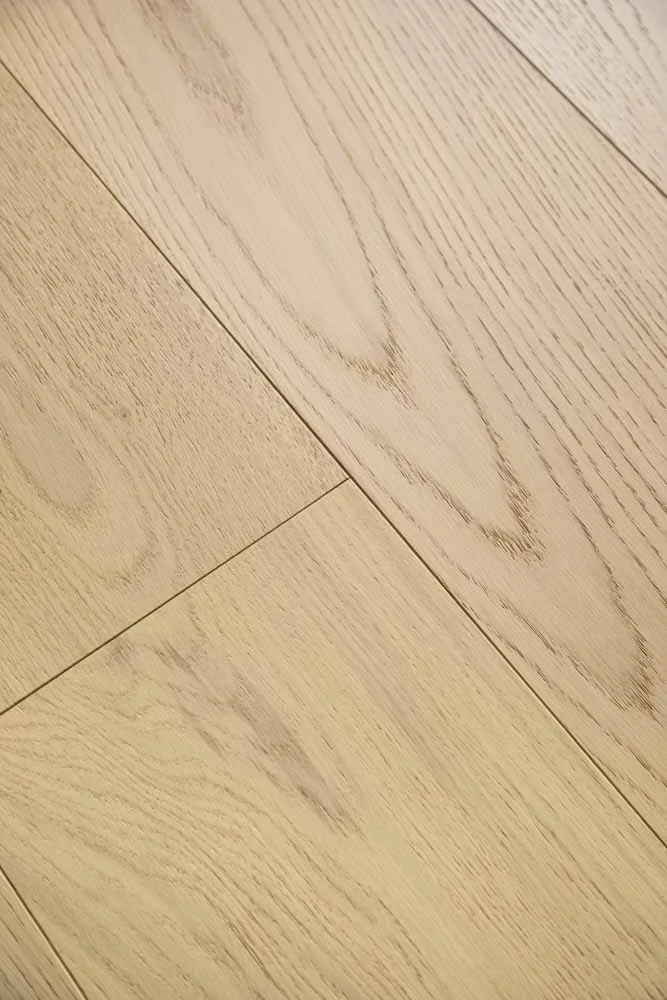
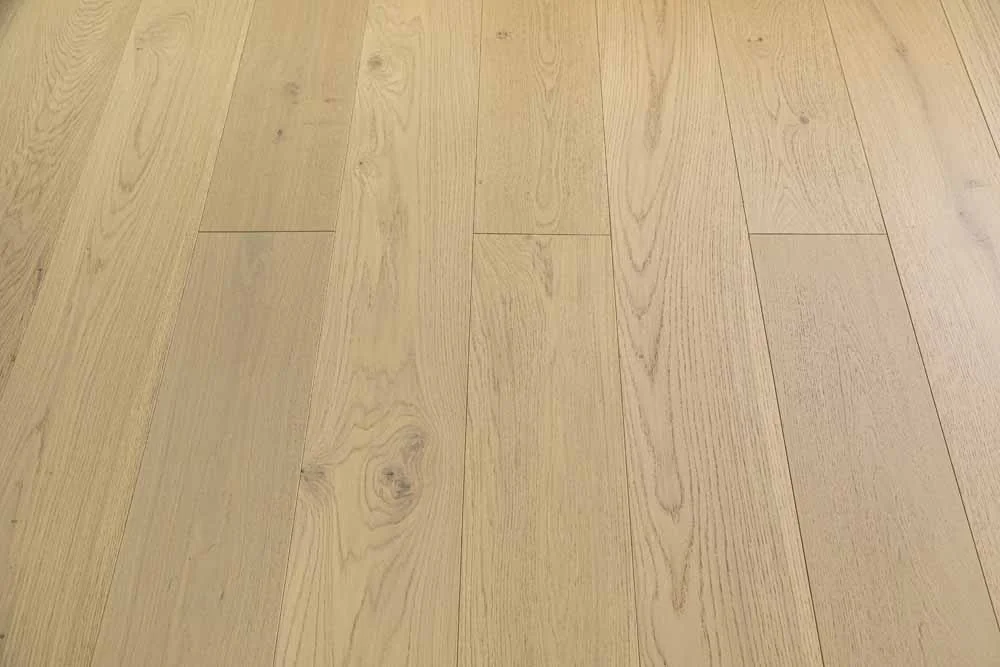
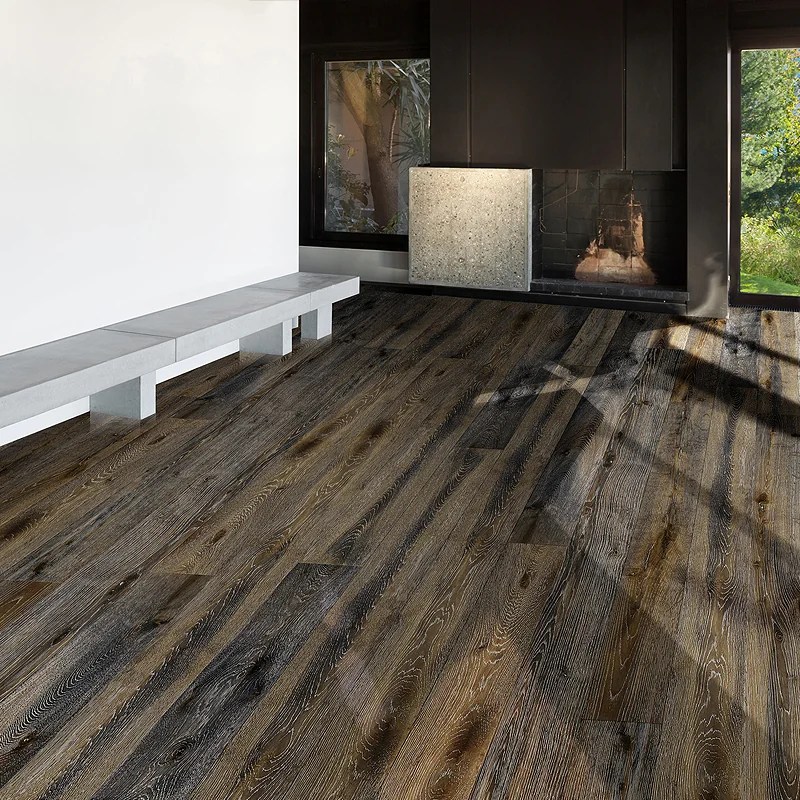
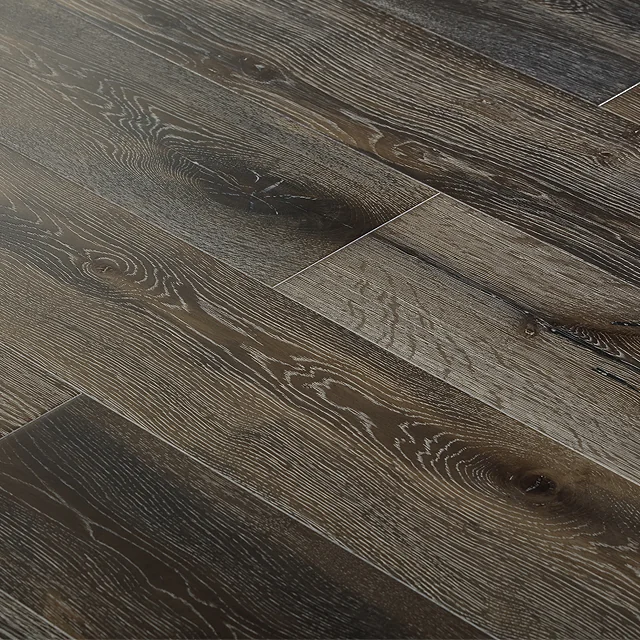
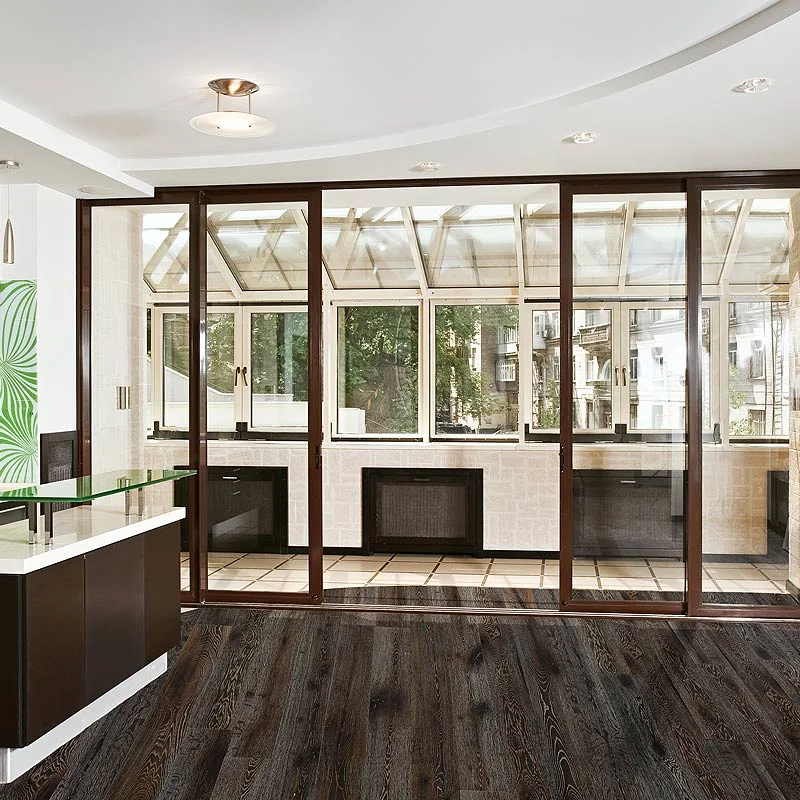
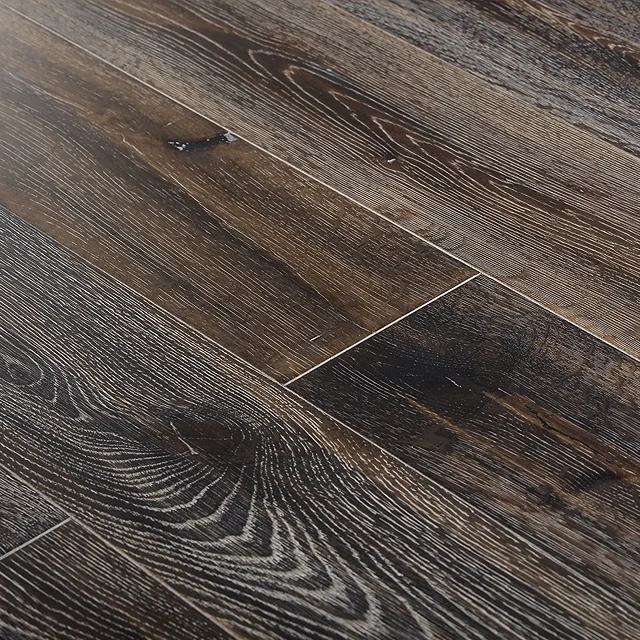
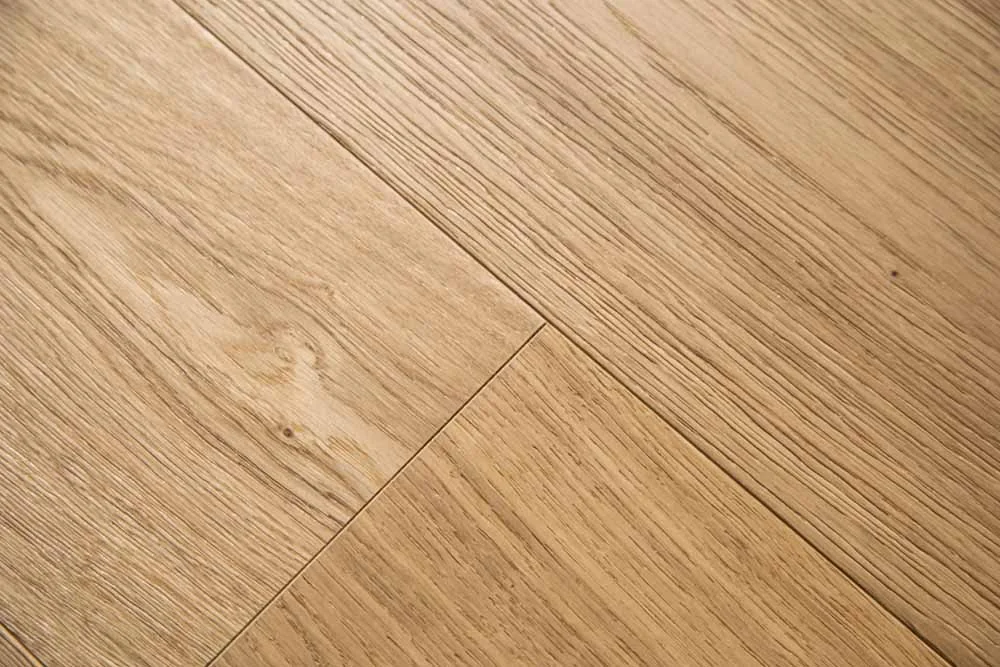
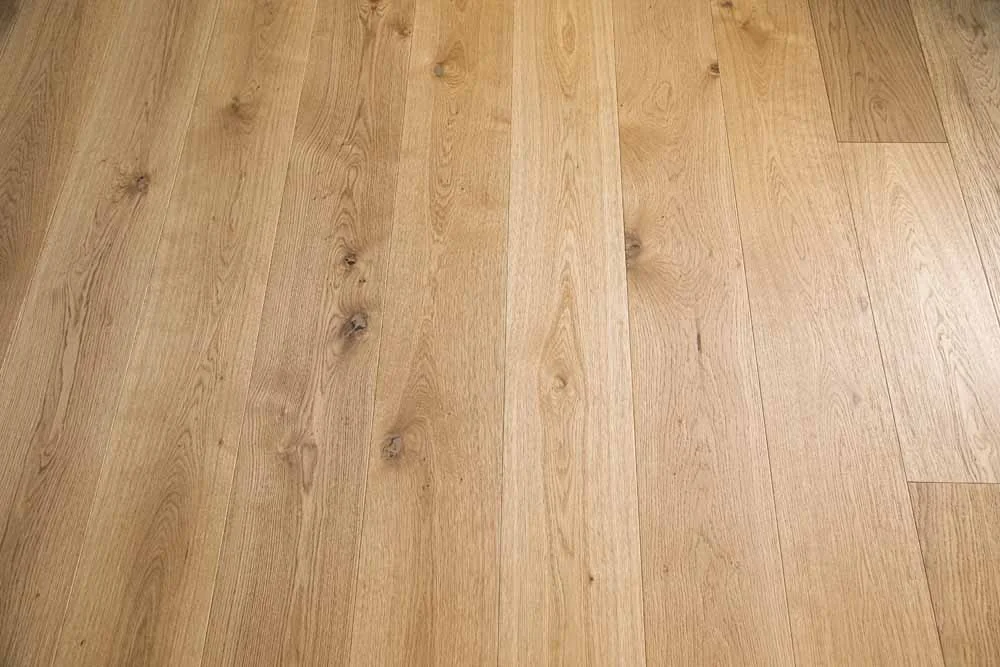
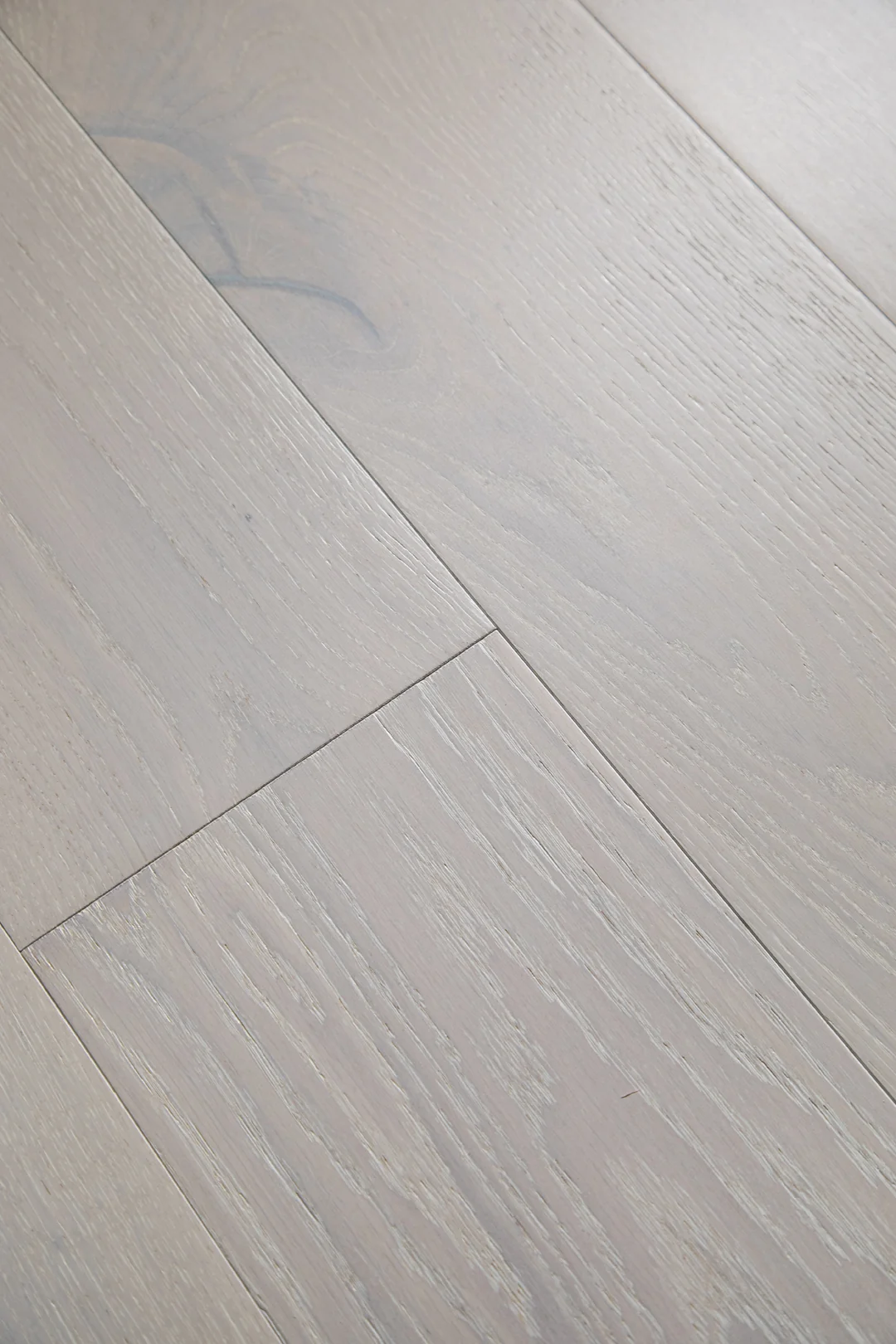
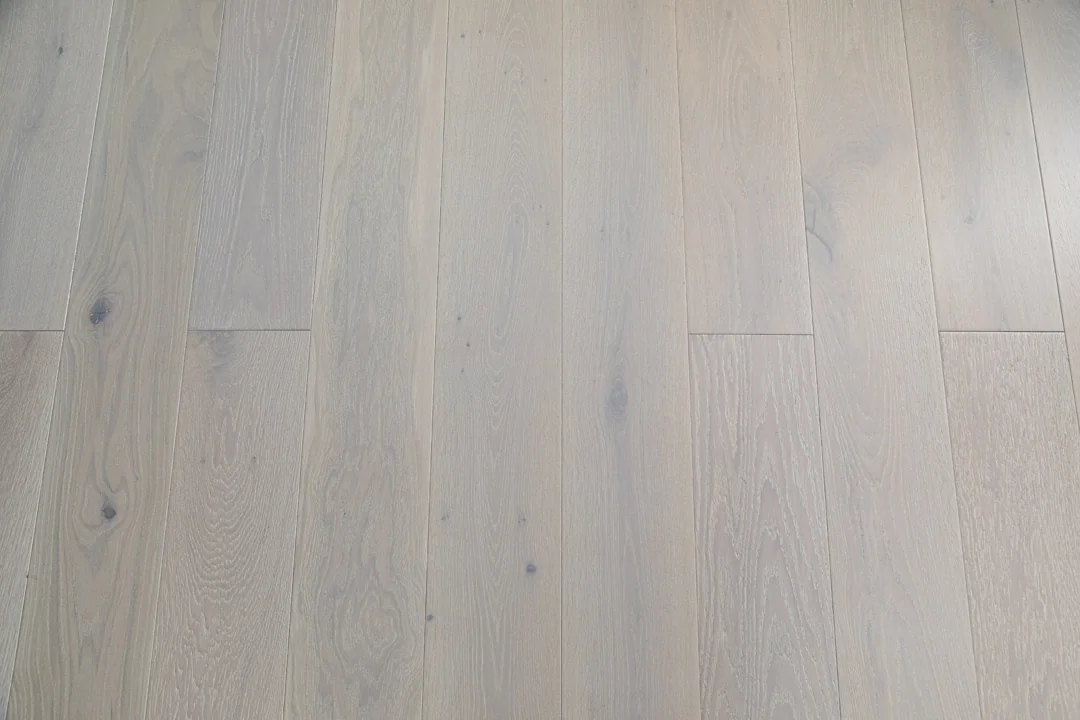
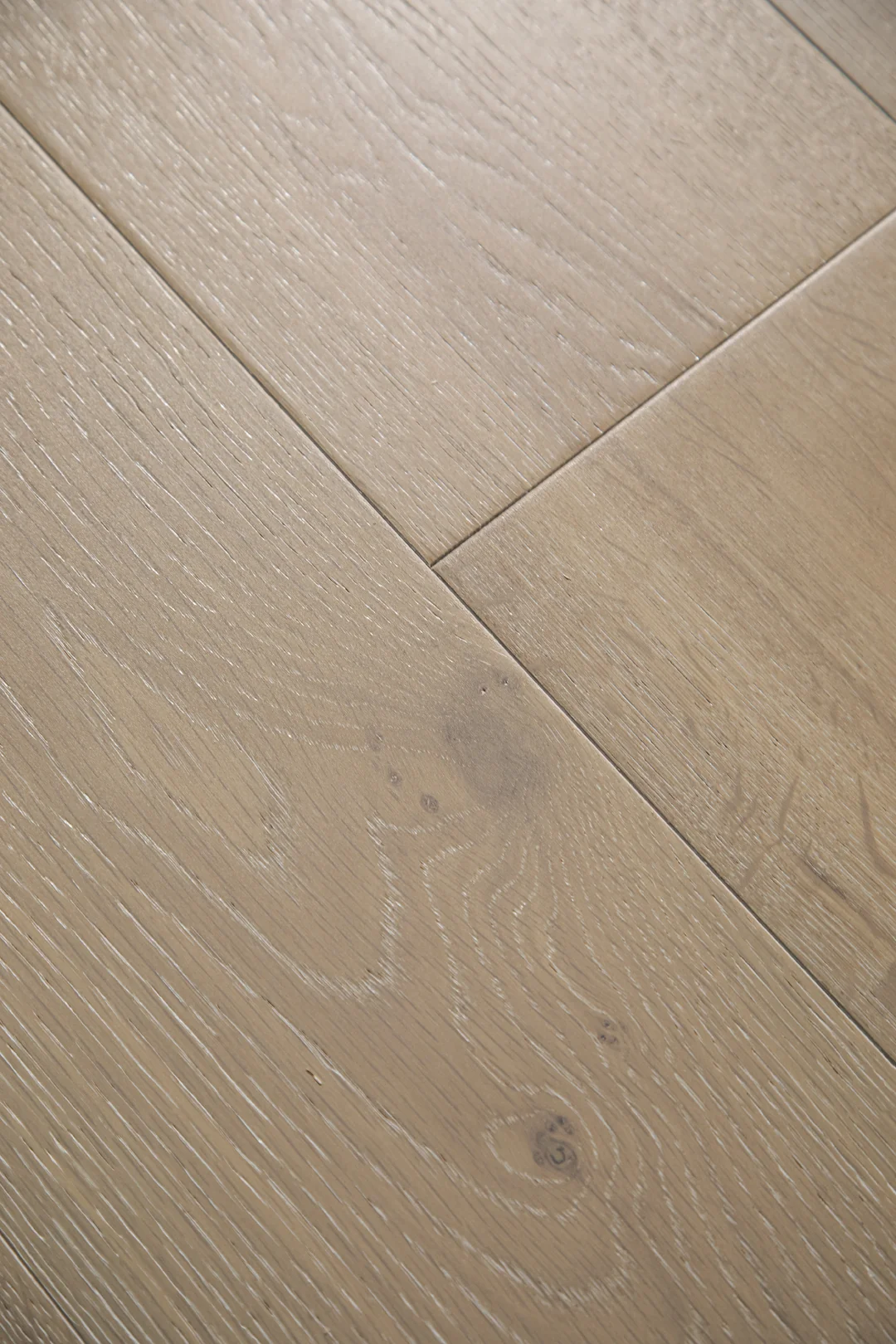
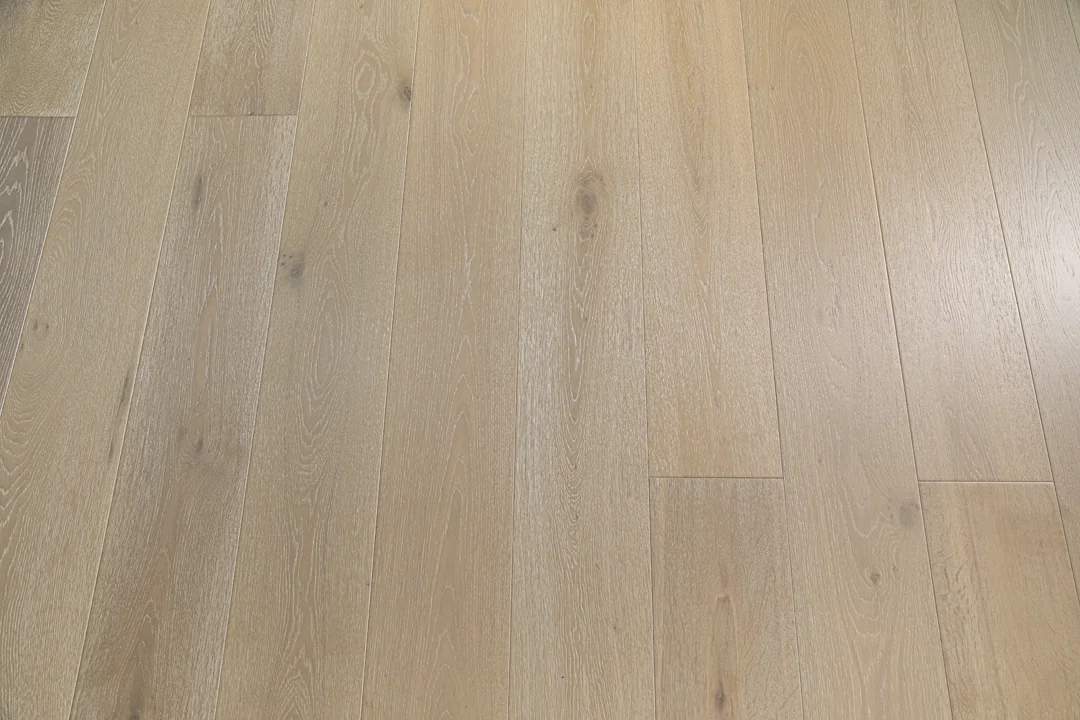

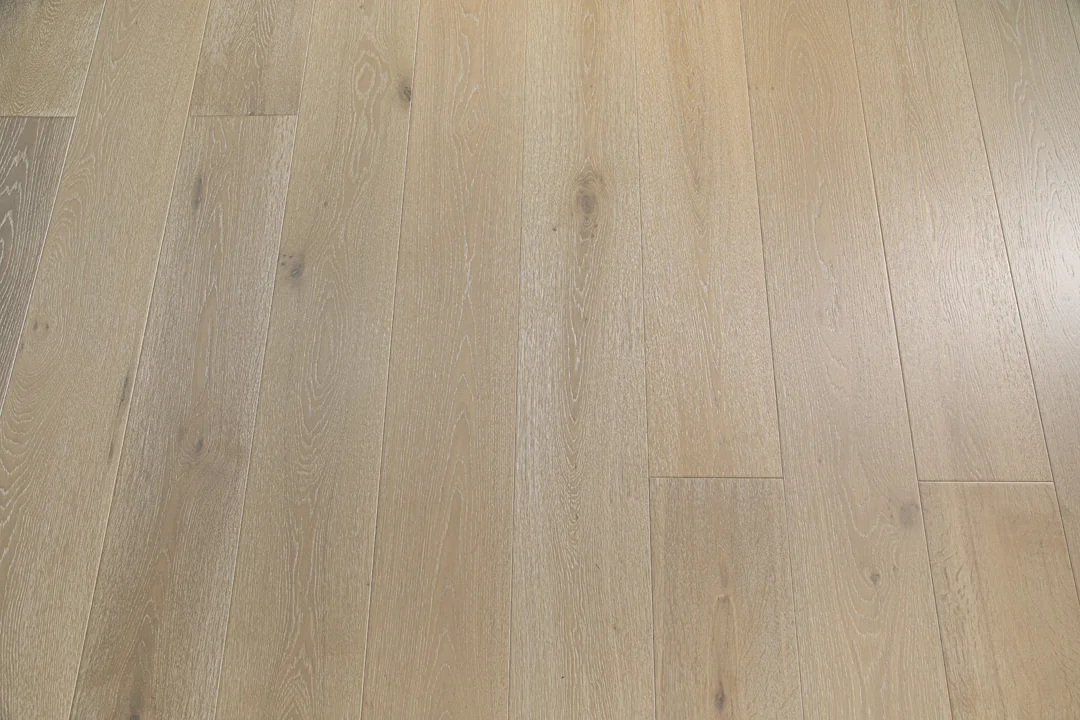
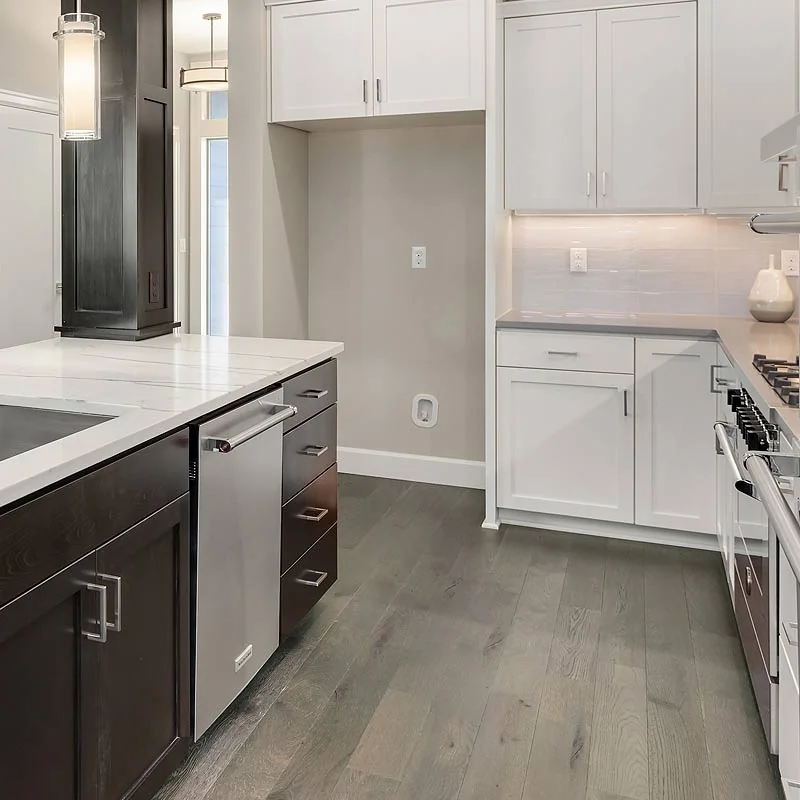
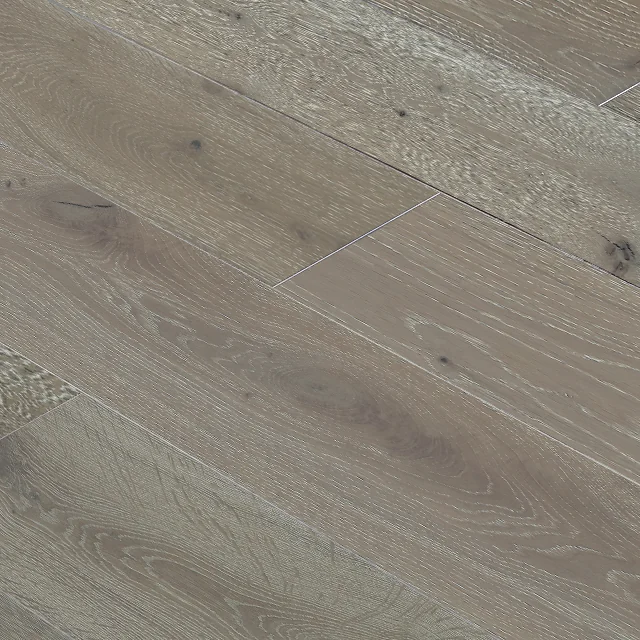
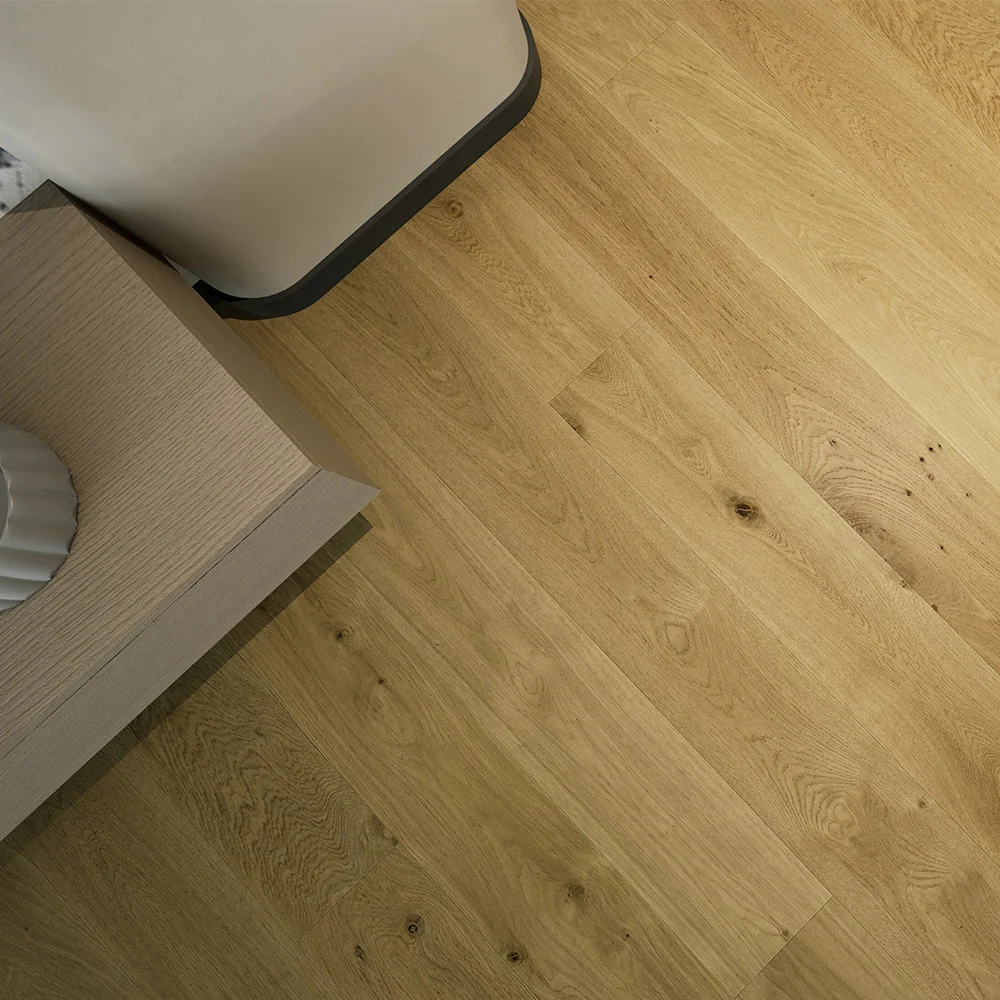
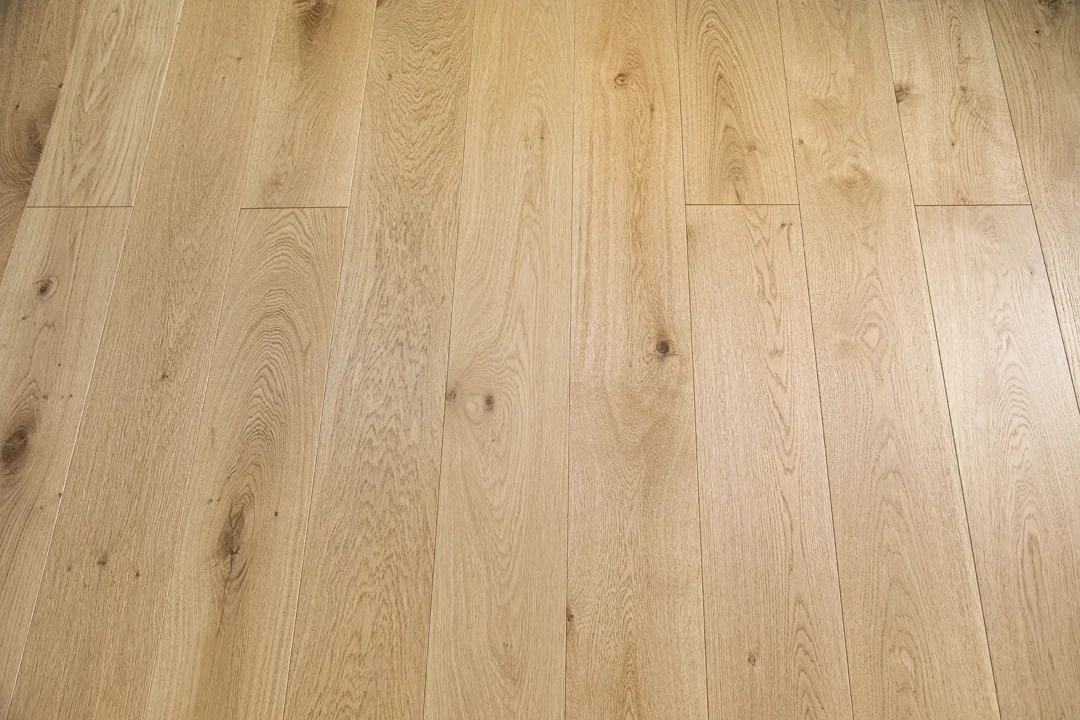
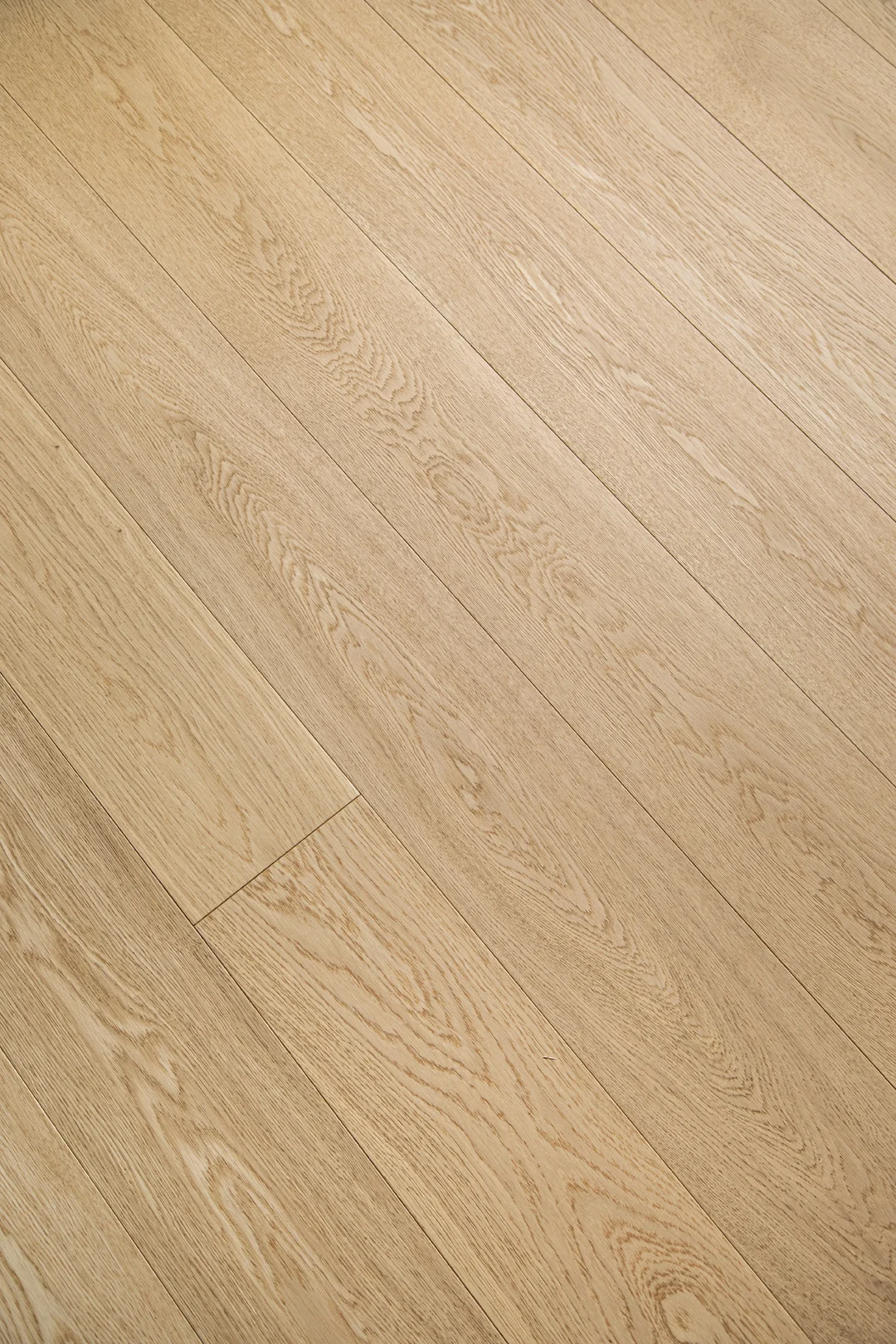
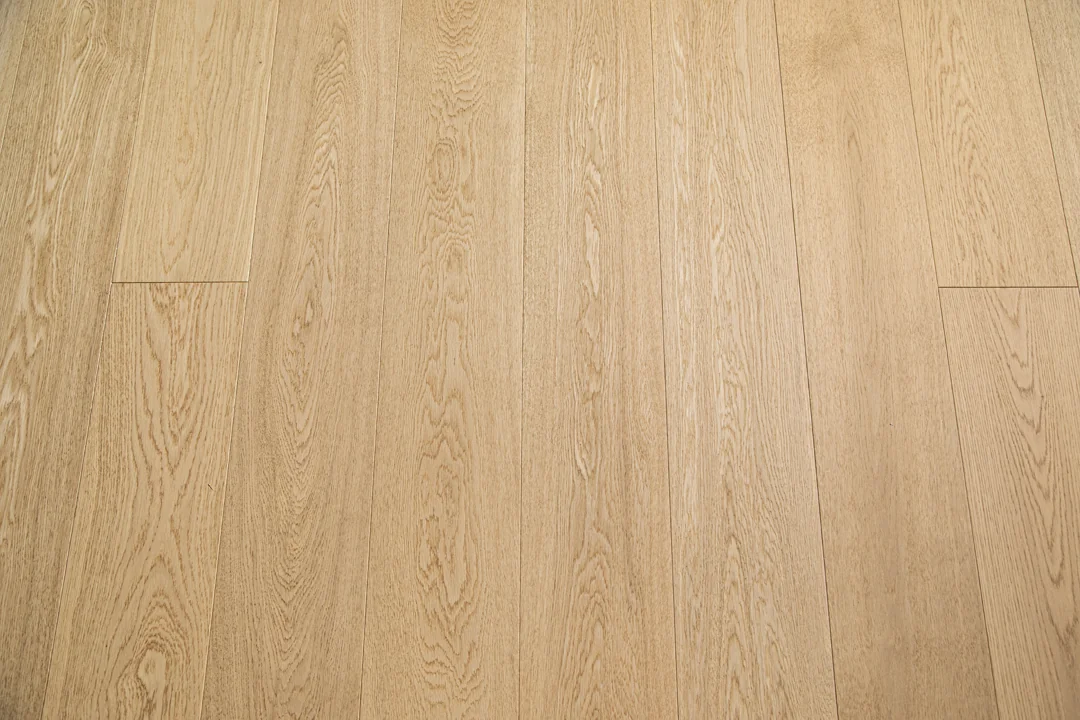
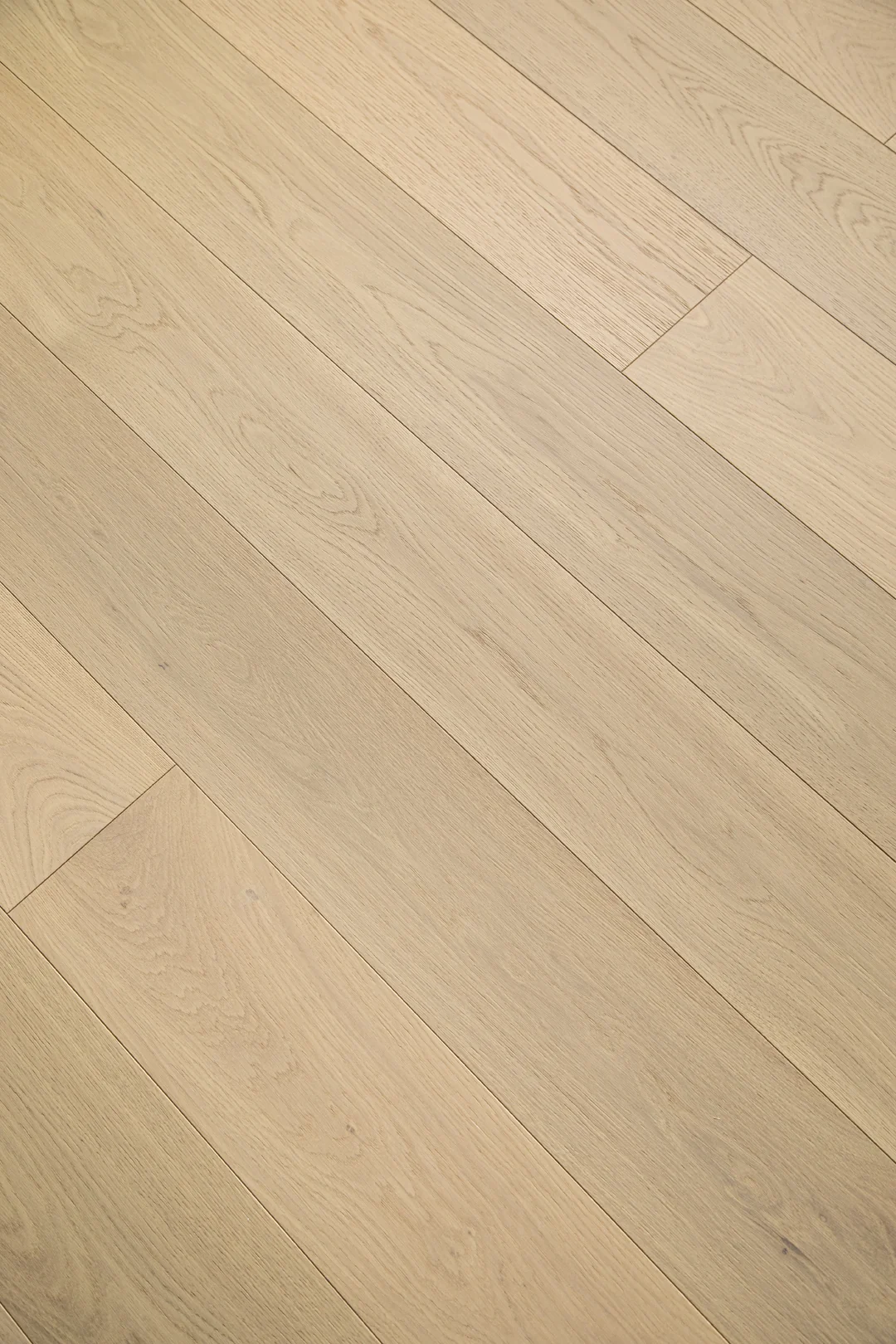
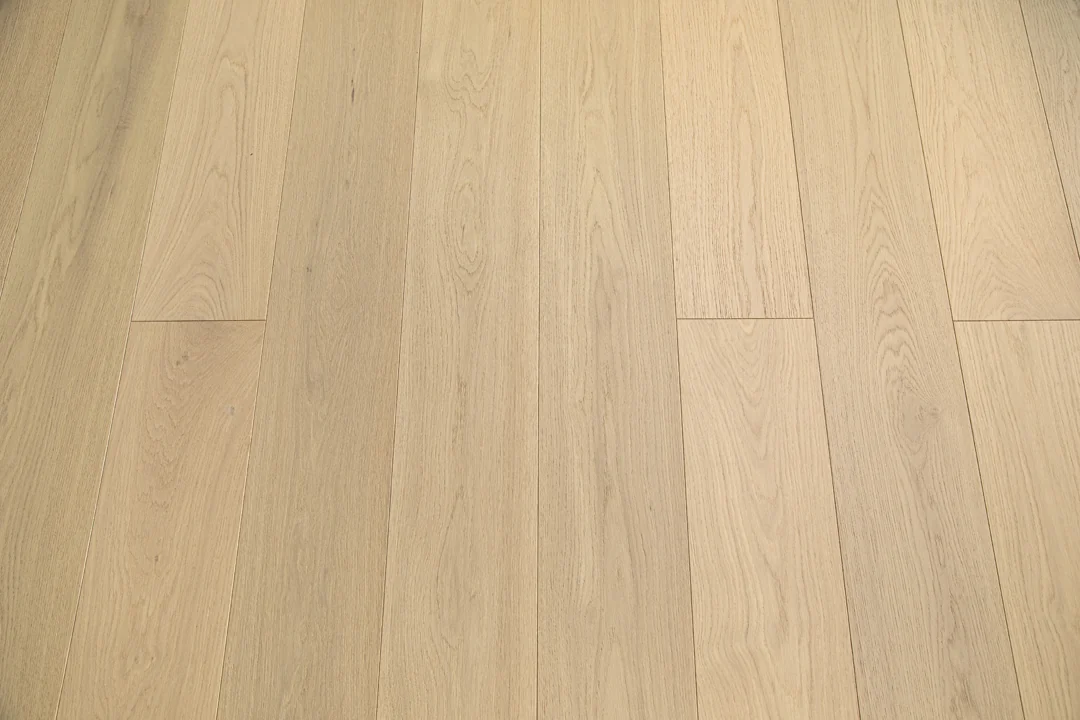
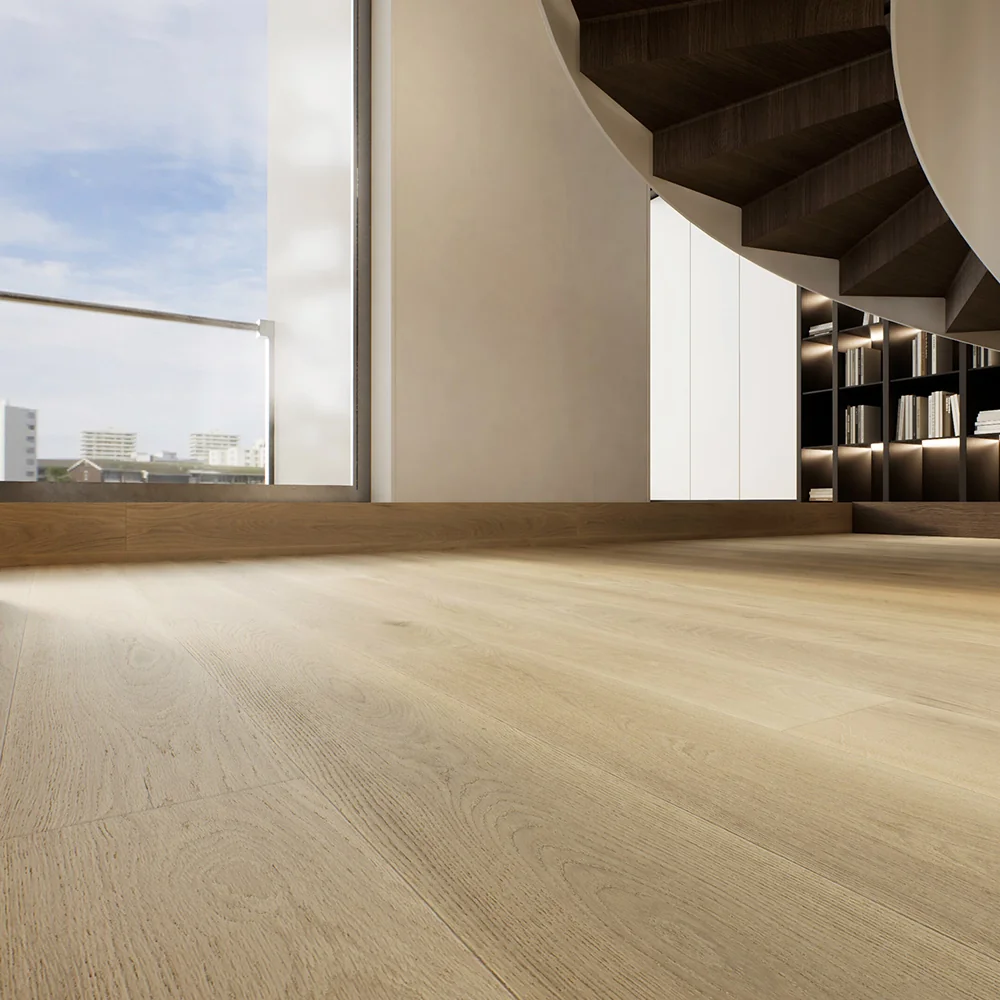
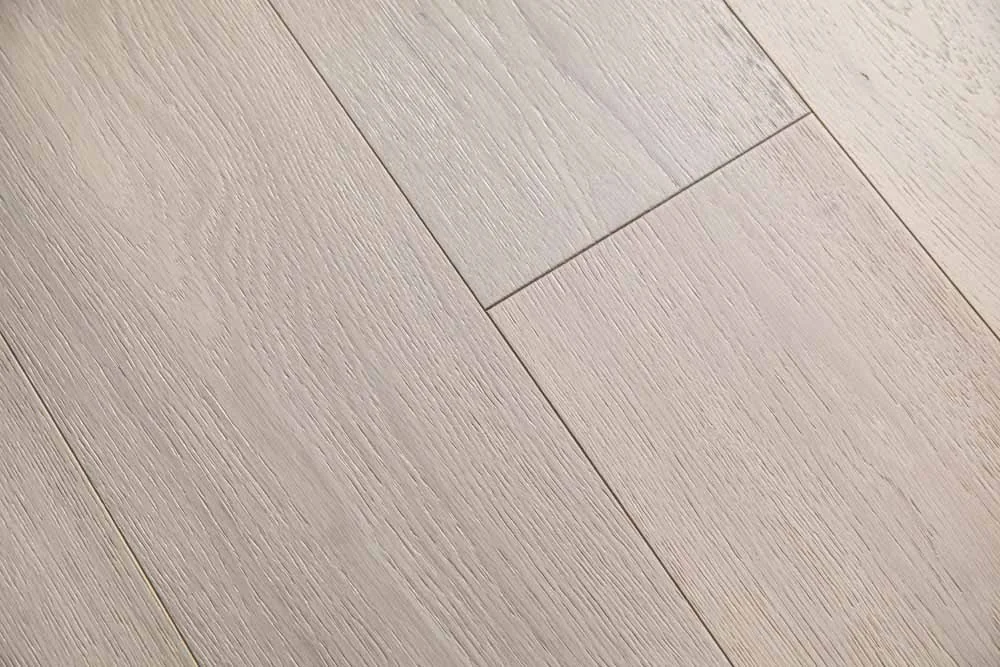
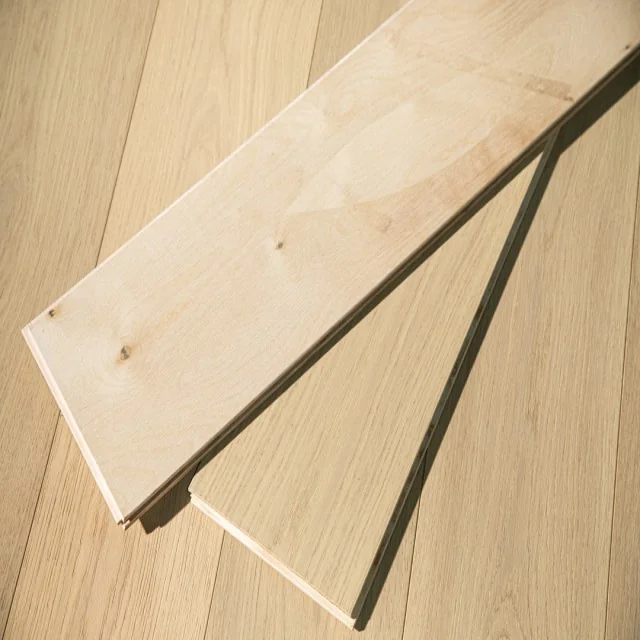
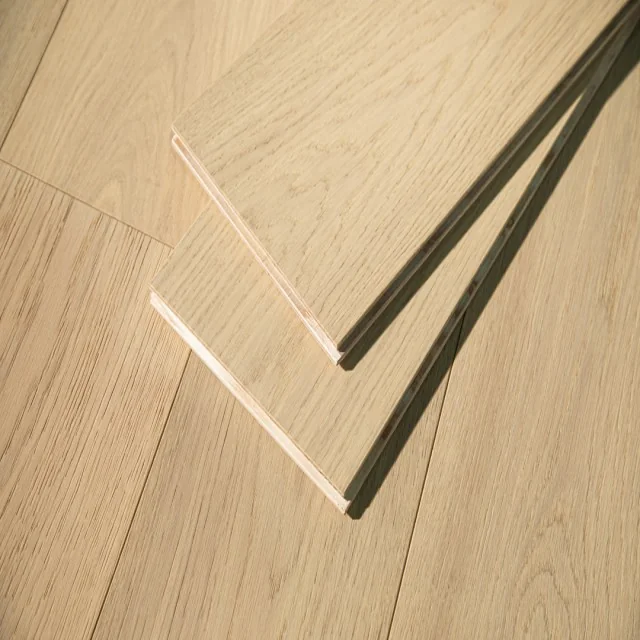
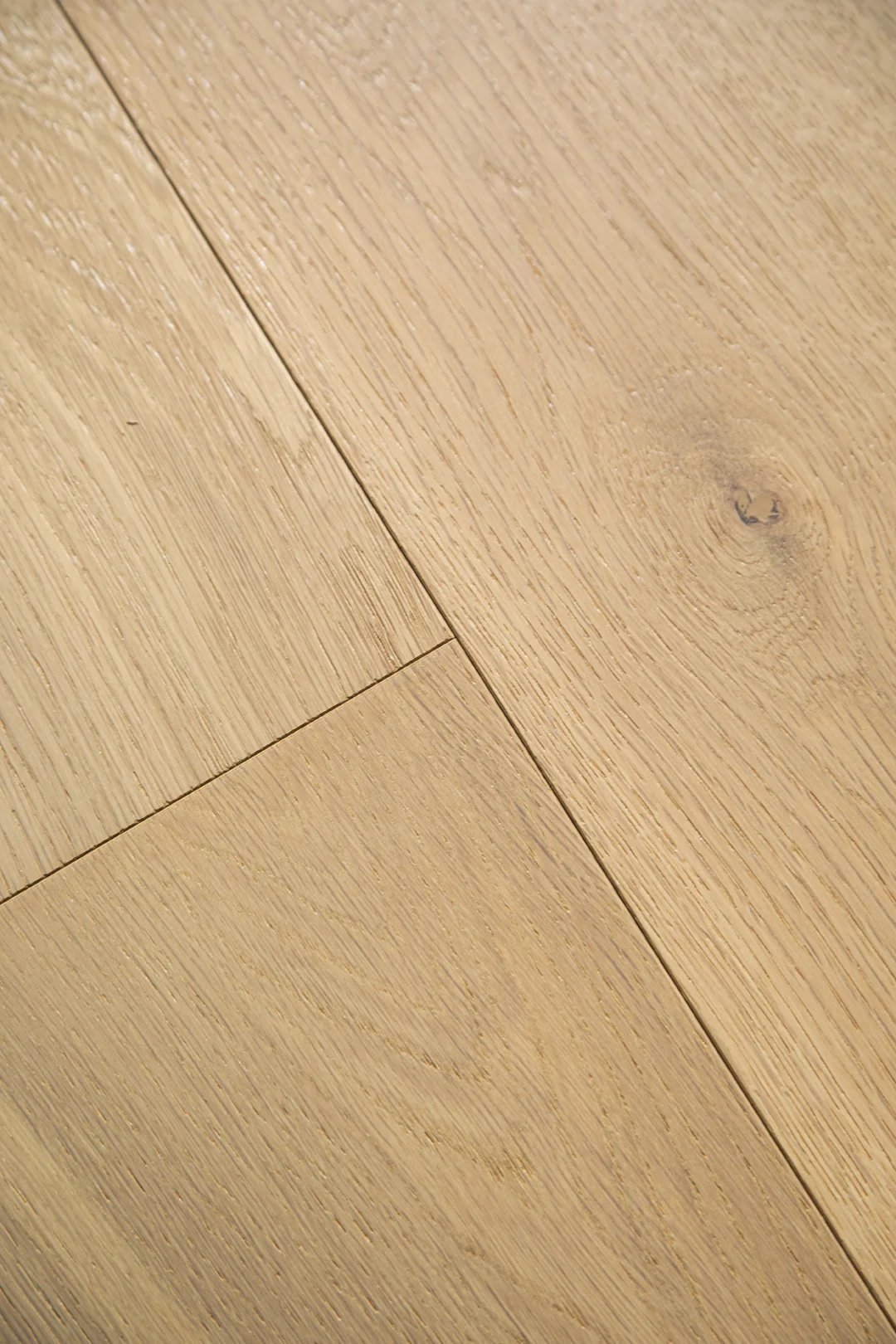
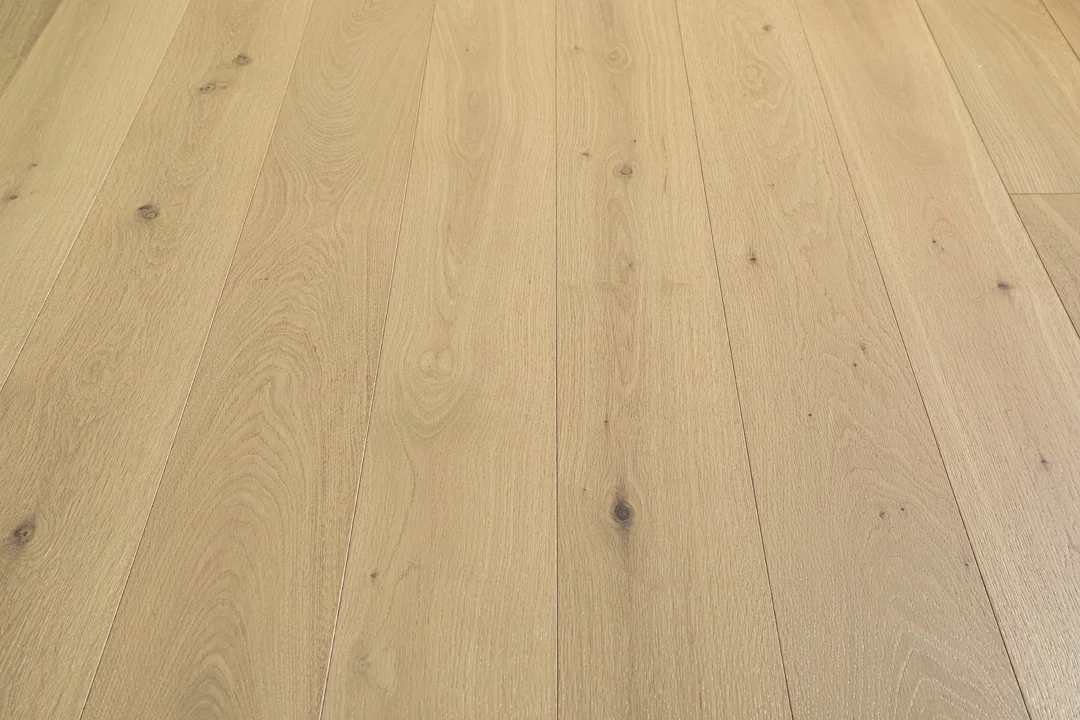
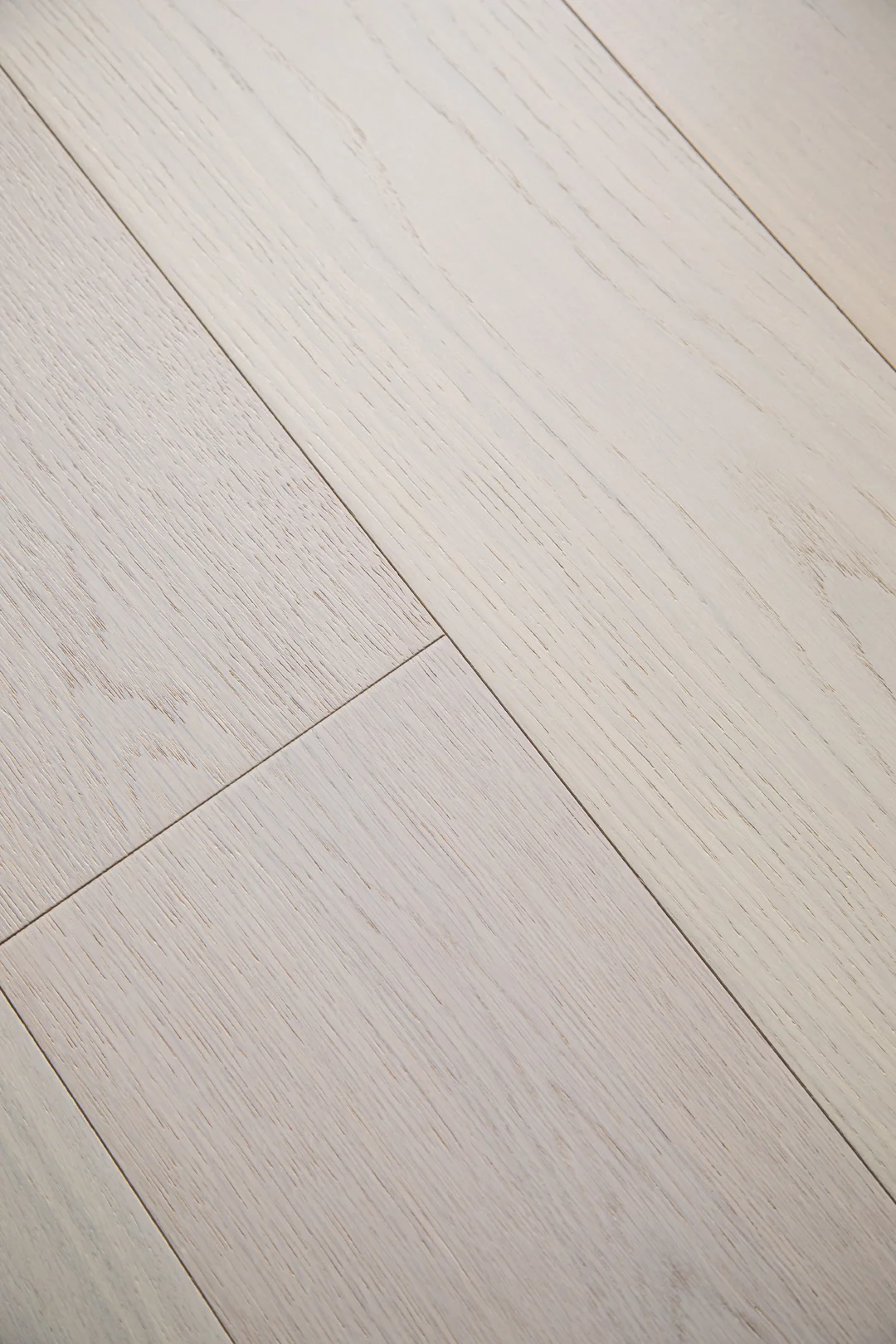
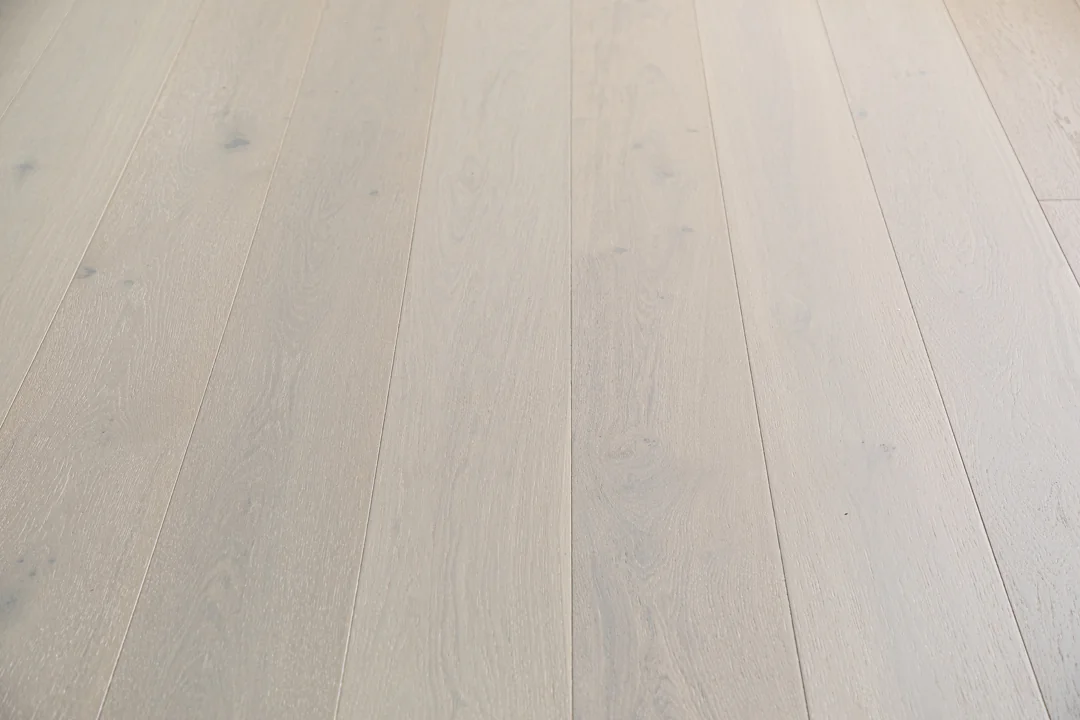

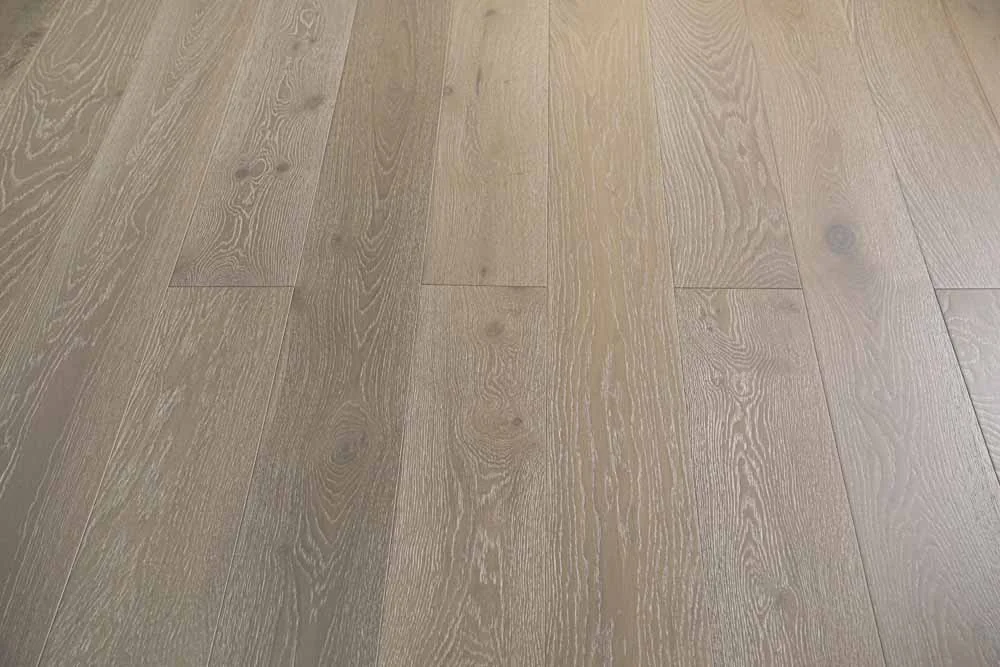
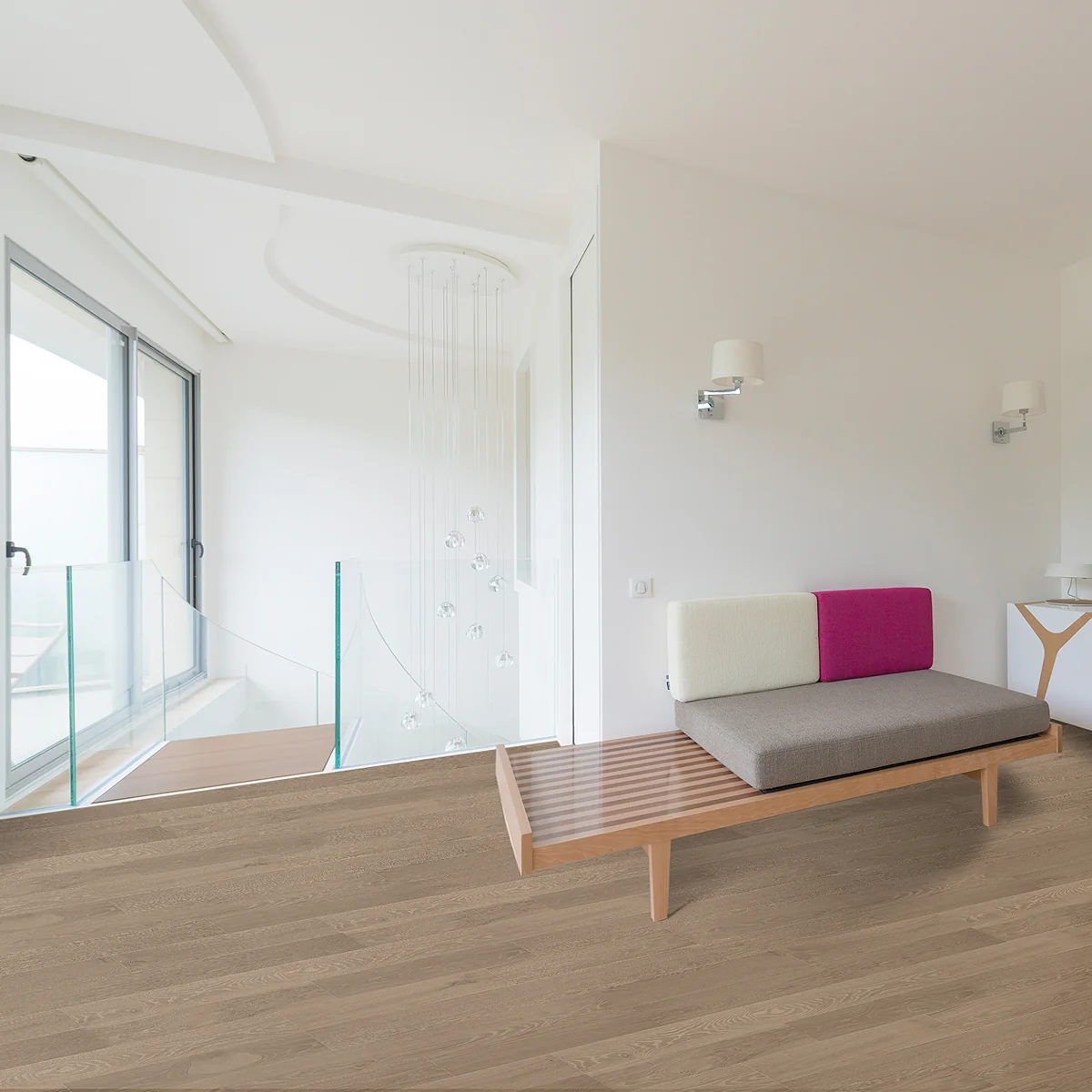
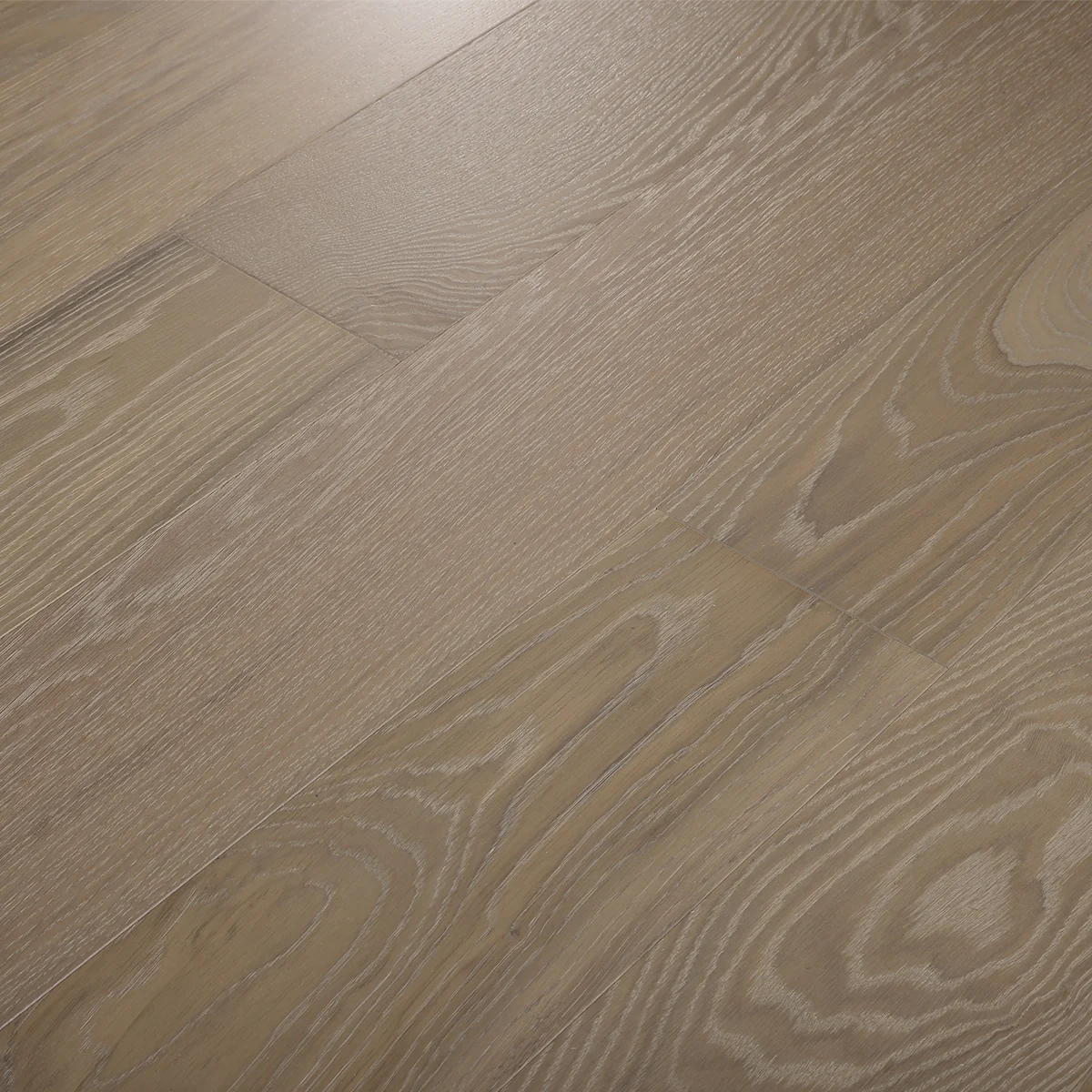

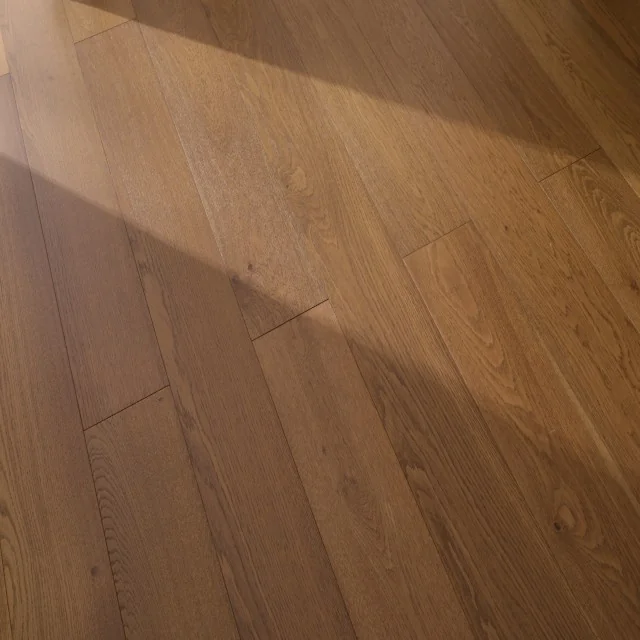
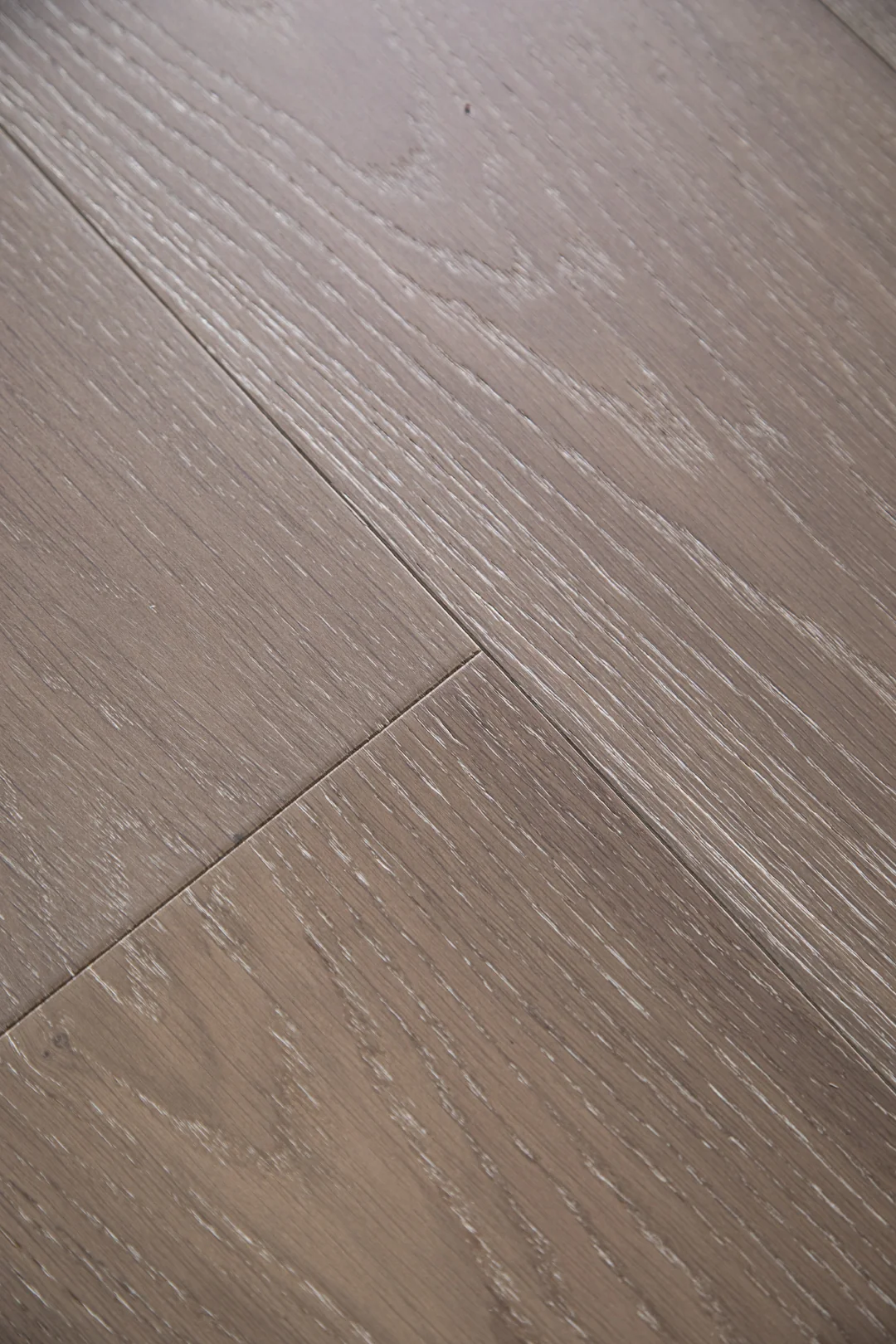
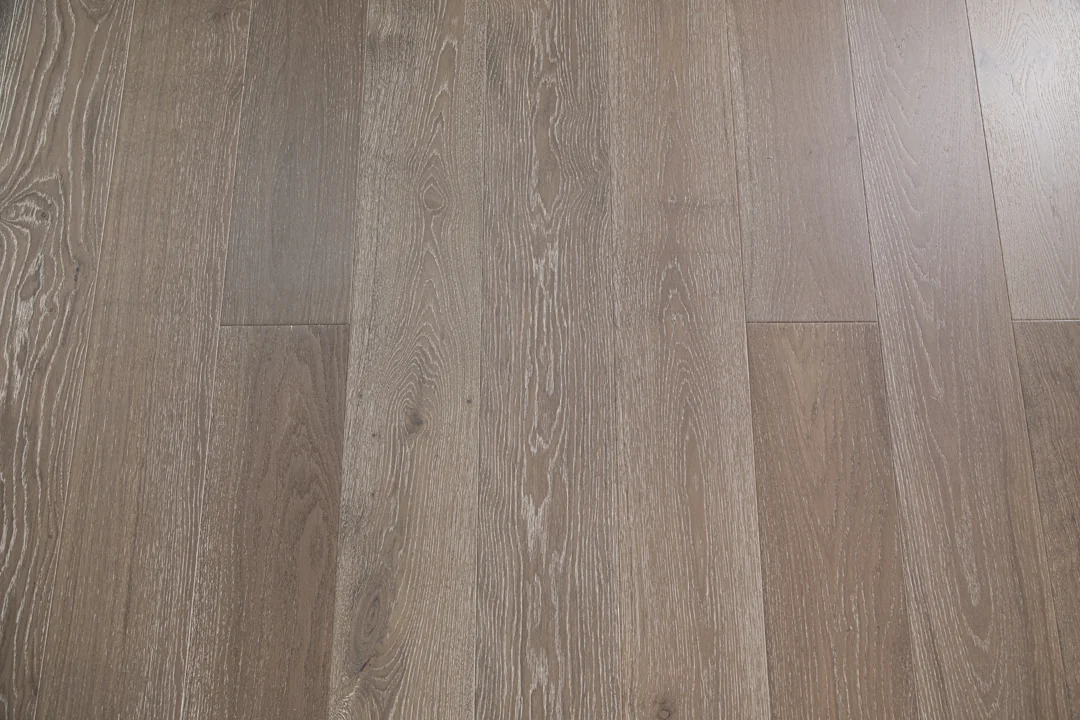
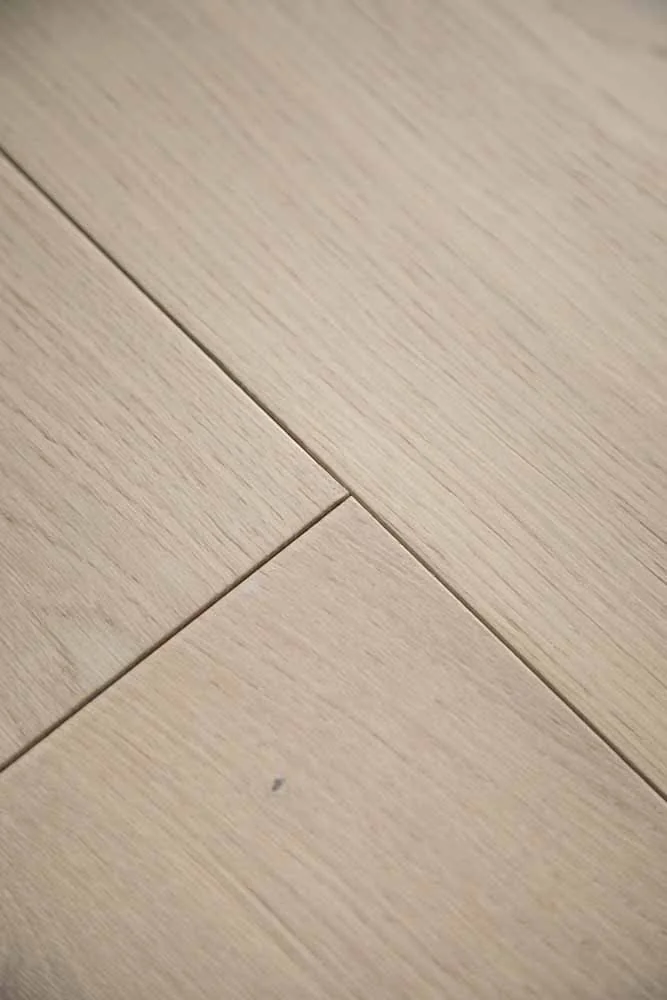
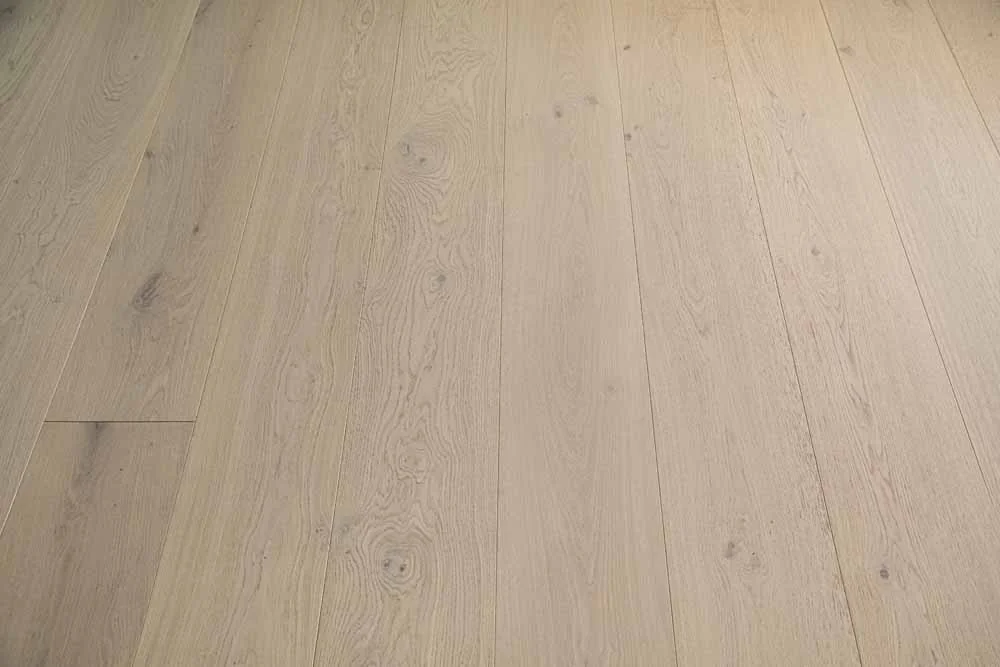
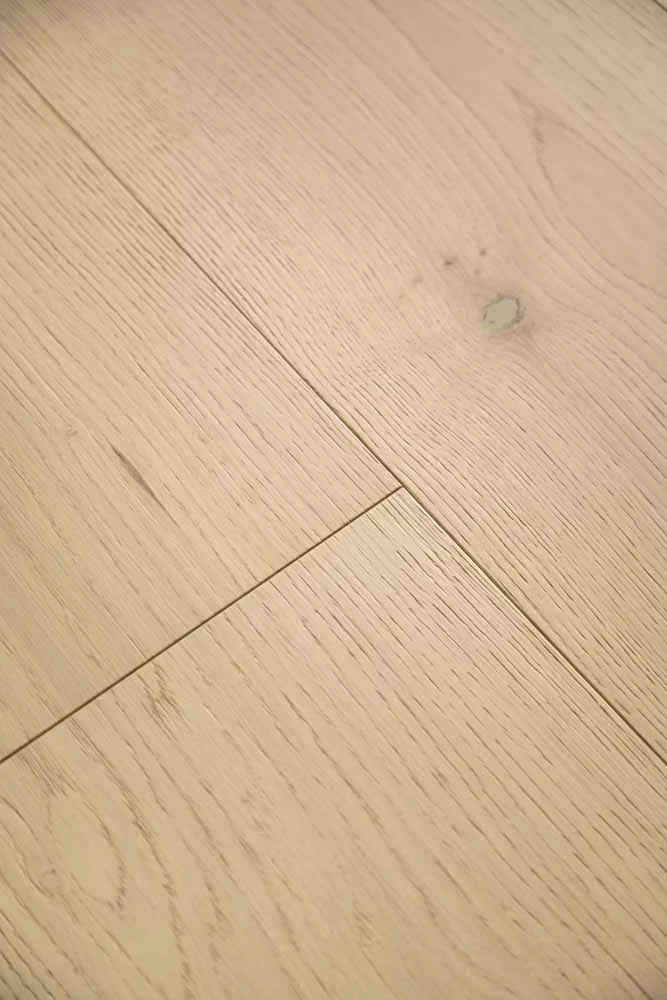
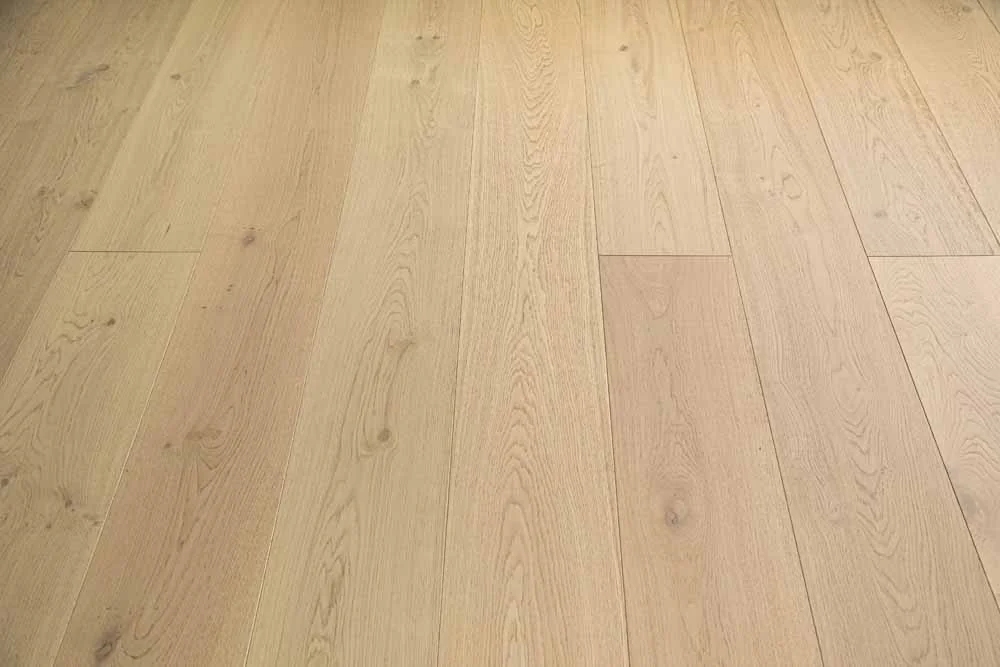
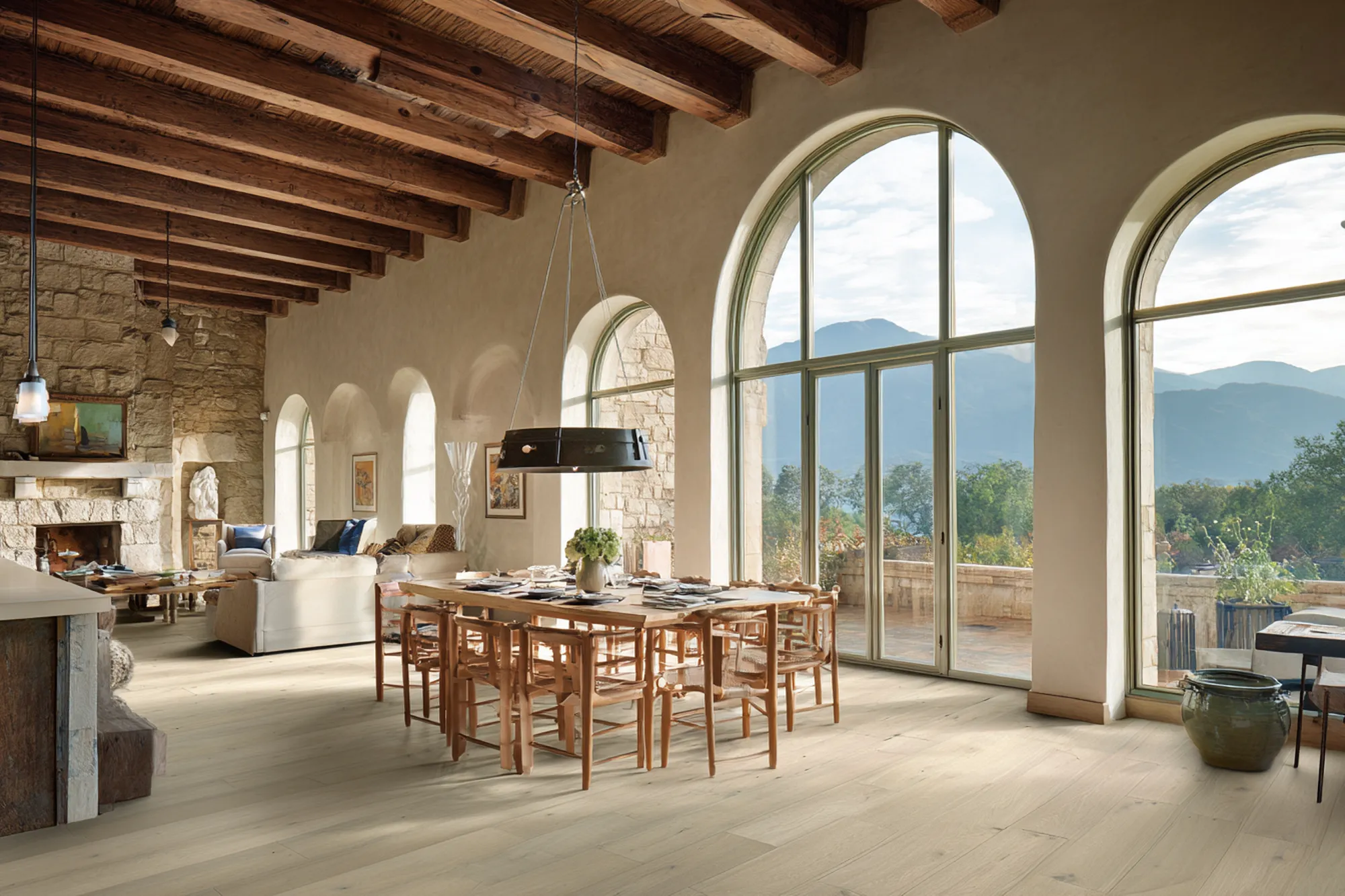
Engineered hardwood floors provide the timeless beauty of real wood with enhanced durability, making them an excellent choice for both residential and commercial settings. The layers of engineered hardwood resist moisture and temperature changes. This technology allows for beautiful aesthetics without compromising stability.
European Oak Engineered Hardwood Flooring suits any interior design theme, from modern to rustic. Its natural grain patterns and colors can enhance living areas, bedrooms, or high-traffic spaces. This adaptability makes it a sought-after choice for homeowners looking to improve their spaces with elegance and resilience.
A: This flooring consists of a top layer of real oak veneer bonded to layers of plywood or high-density fiberboard, offering both beauty and structural stability. Its surface is carefully finished to highlight rich wood grain while resisting scratches and spills. Every plank is engineered for minimal movement over time, giving your home a premium look with lasting comfort underfoot.
A: Yes, depending on the thickness of the top layer, it can often be refinished to restore its appearance and longevity, maintaining its charm. Our specialists can evaluate the wear layer to confirm if sanding and resealing will deliver fresh-to-install luster. Schedule a consultation today to get personalized guidance on protecting the floor you love.
A: Engineered hardwood is less susceptible to warping and shrinking than solid hardwood, making it ideal for varying climate conditions while providing a genuine wood look. Its layered construction delivers lasting stability even in high-traffic spaces, so you can enjoy a beautiful floor without constant upkeep. Plus, it installs over most subfloors quickly, saving time and money while raising the value of your home.
A: Installation is user-friendly, with many options available, including click-lock systems, which can simplify the process for DIY enthusiasts and professionals alike. Detailed guides and customer support walk you through each step so you're never on your own. Every plank arrives with clear labeling and quality materials, helping ensure a smooth, professional-looking install.